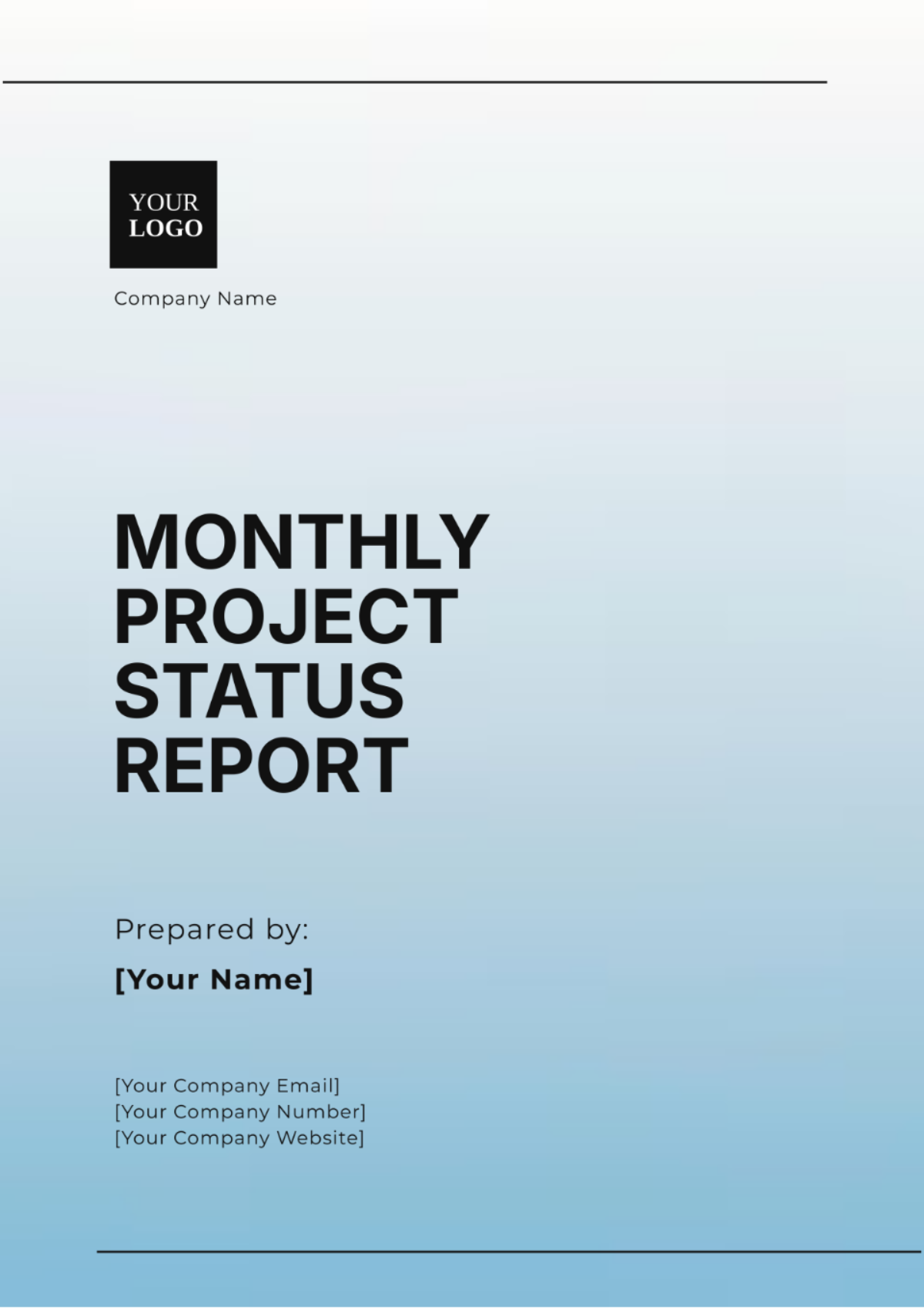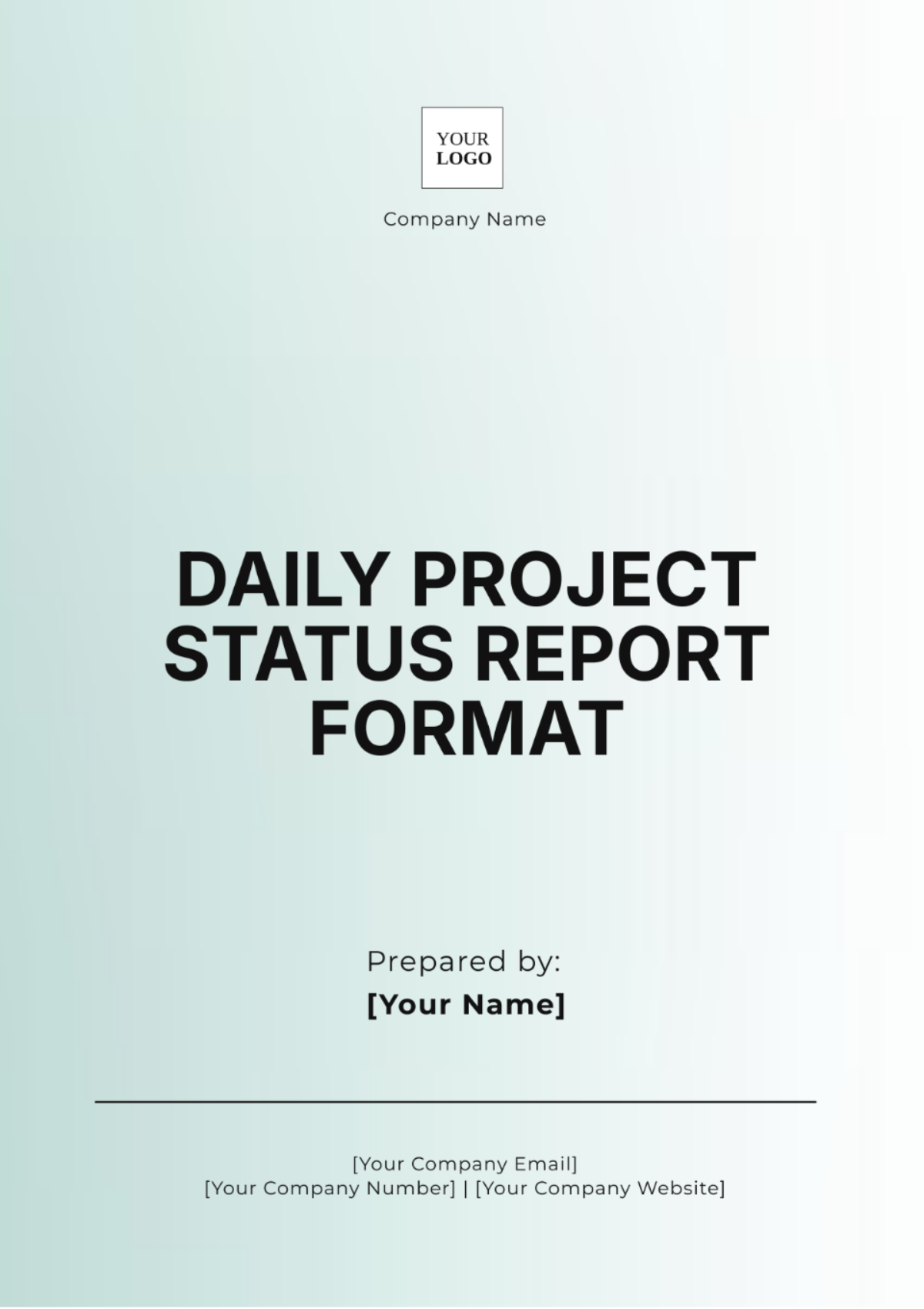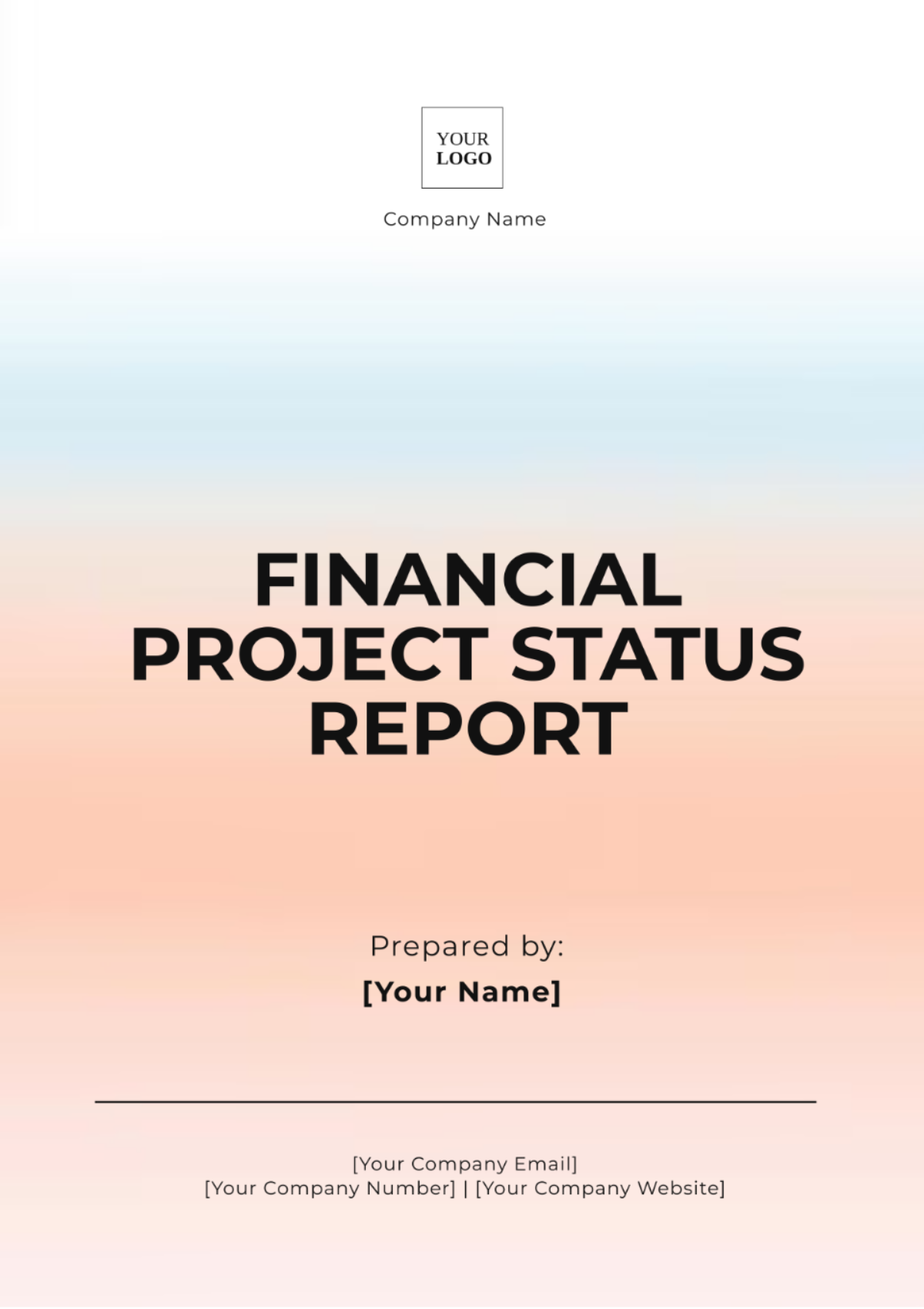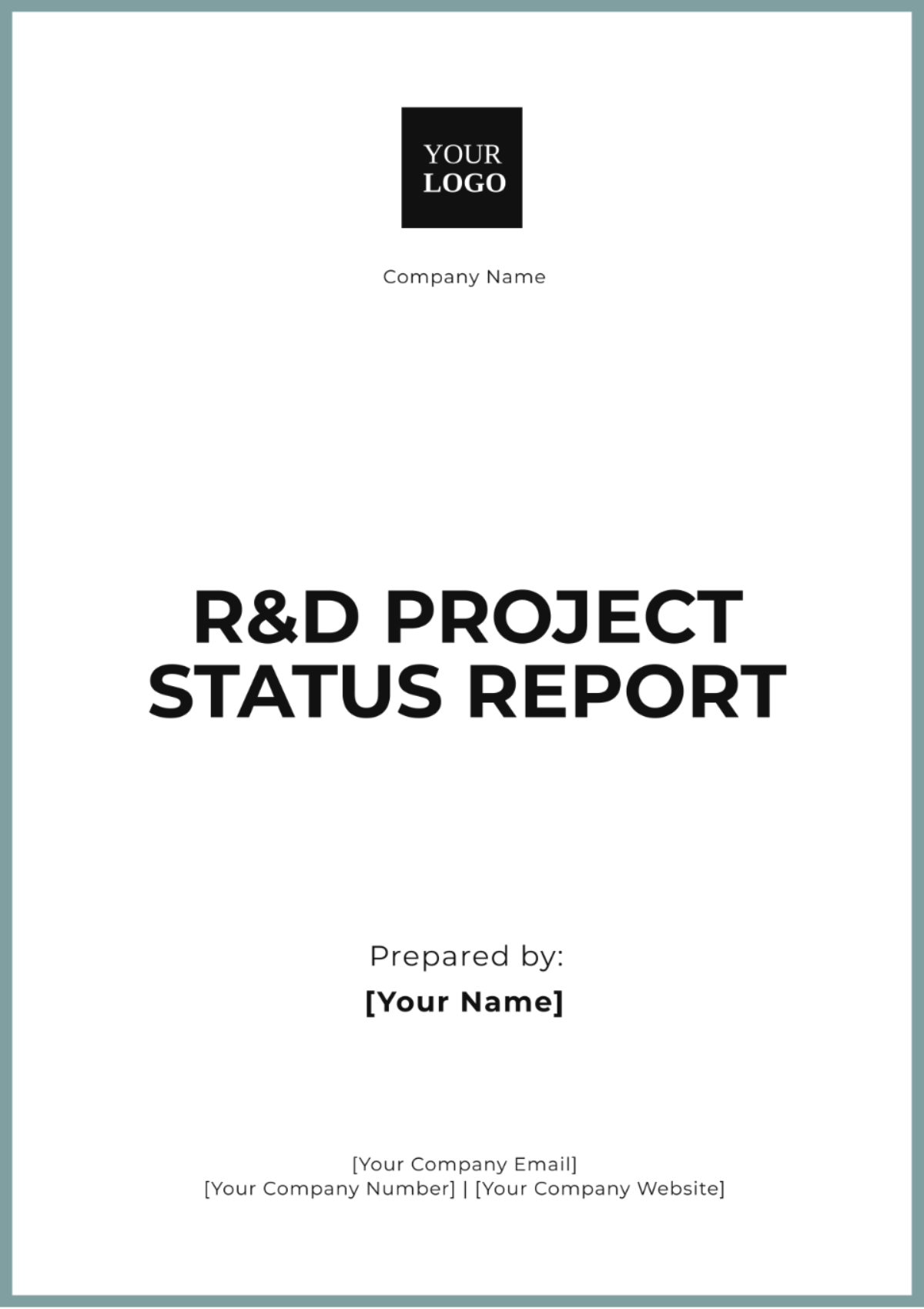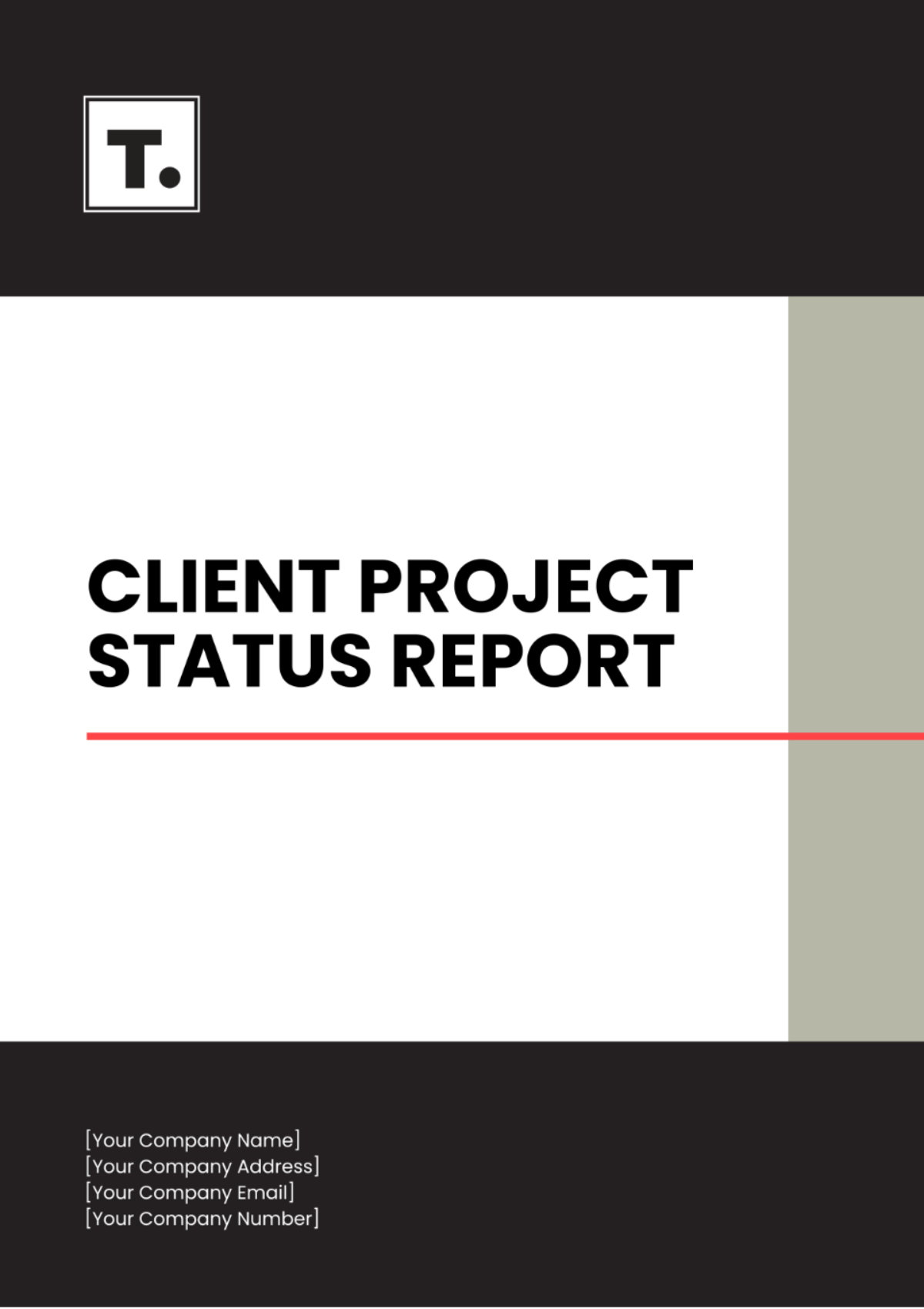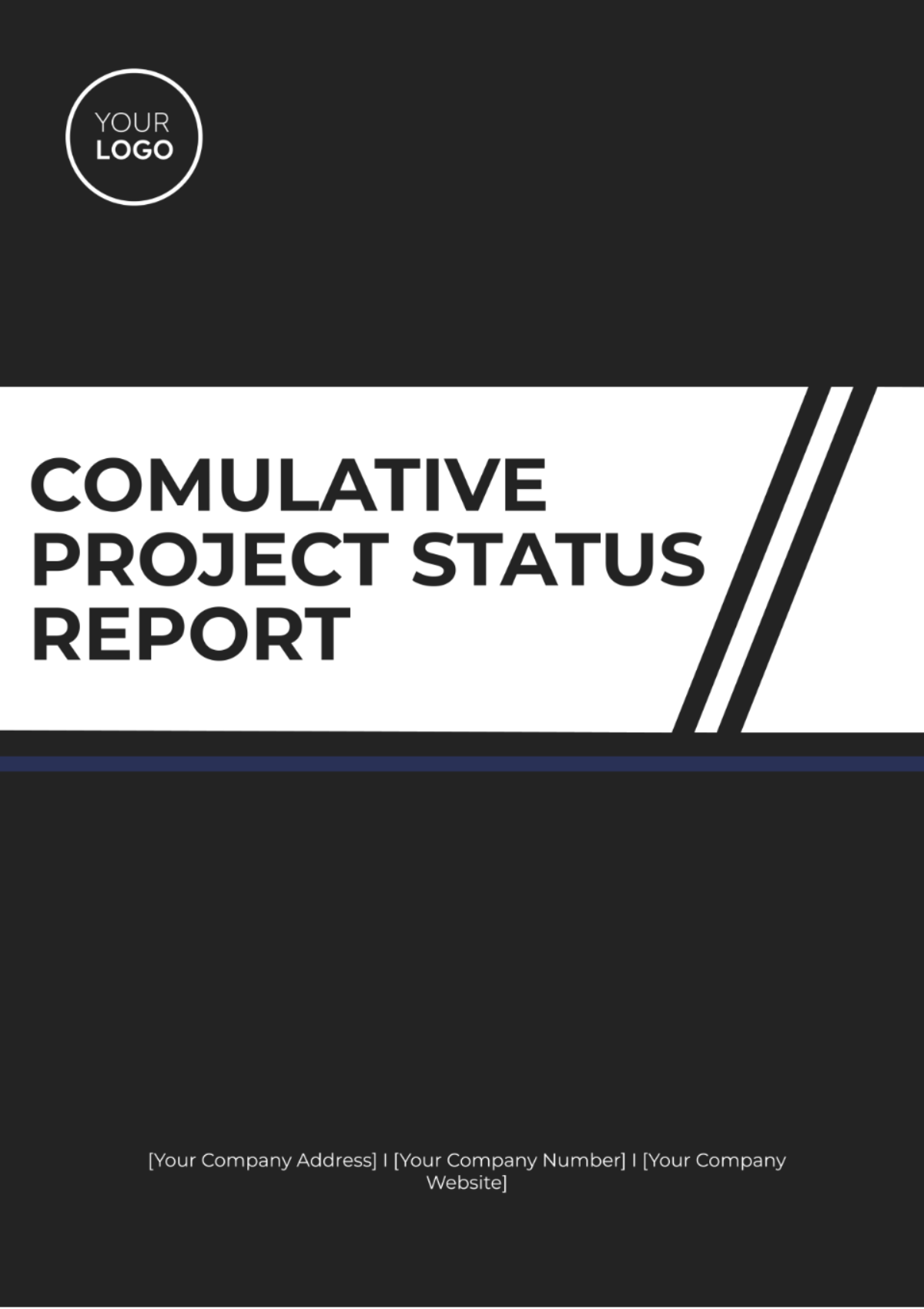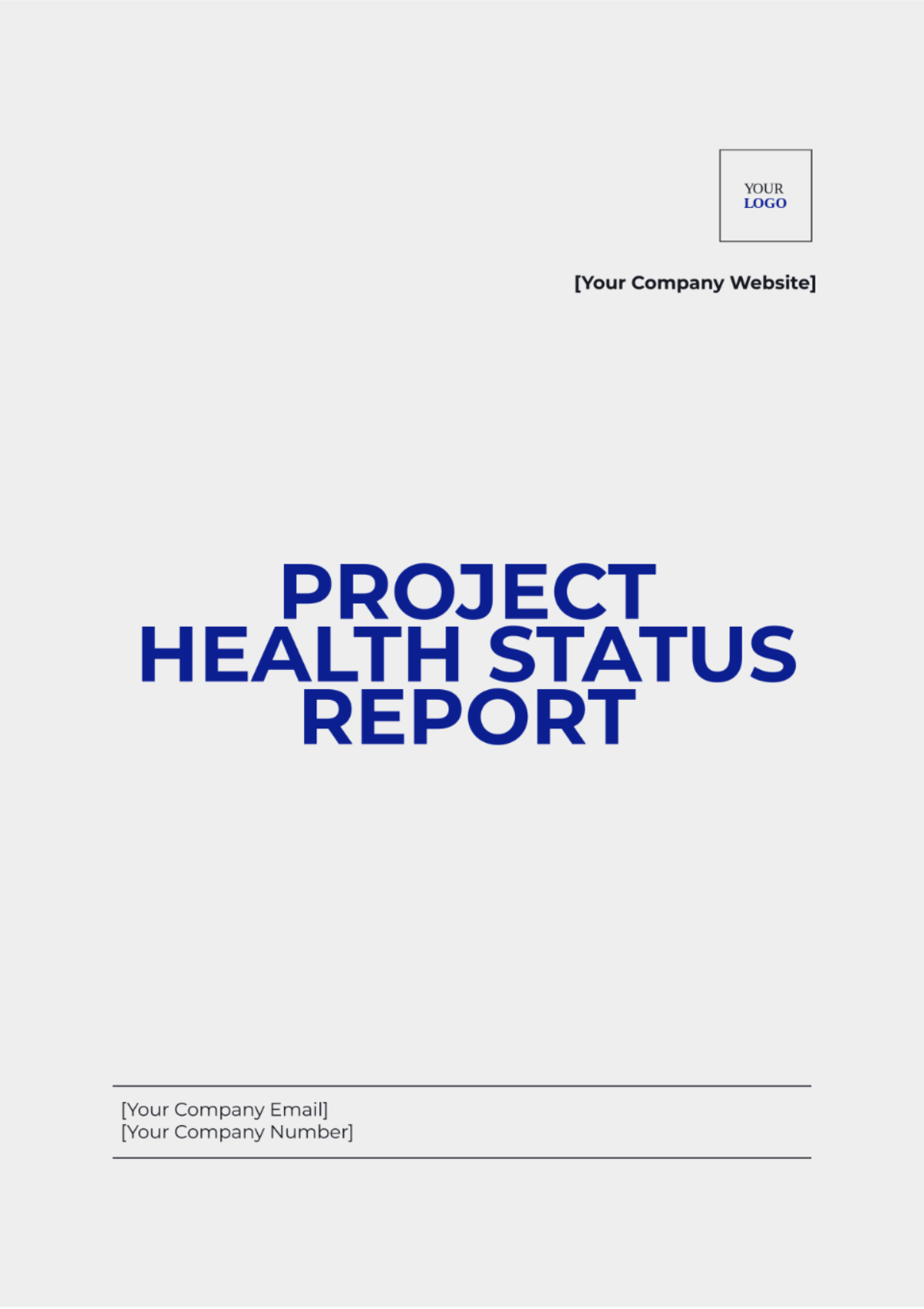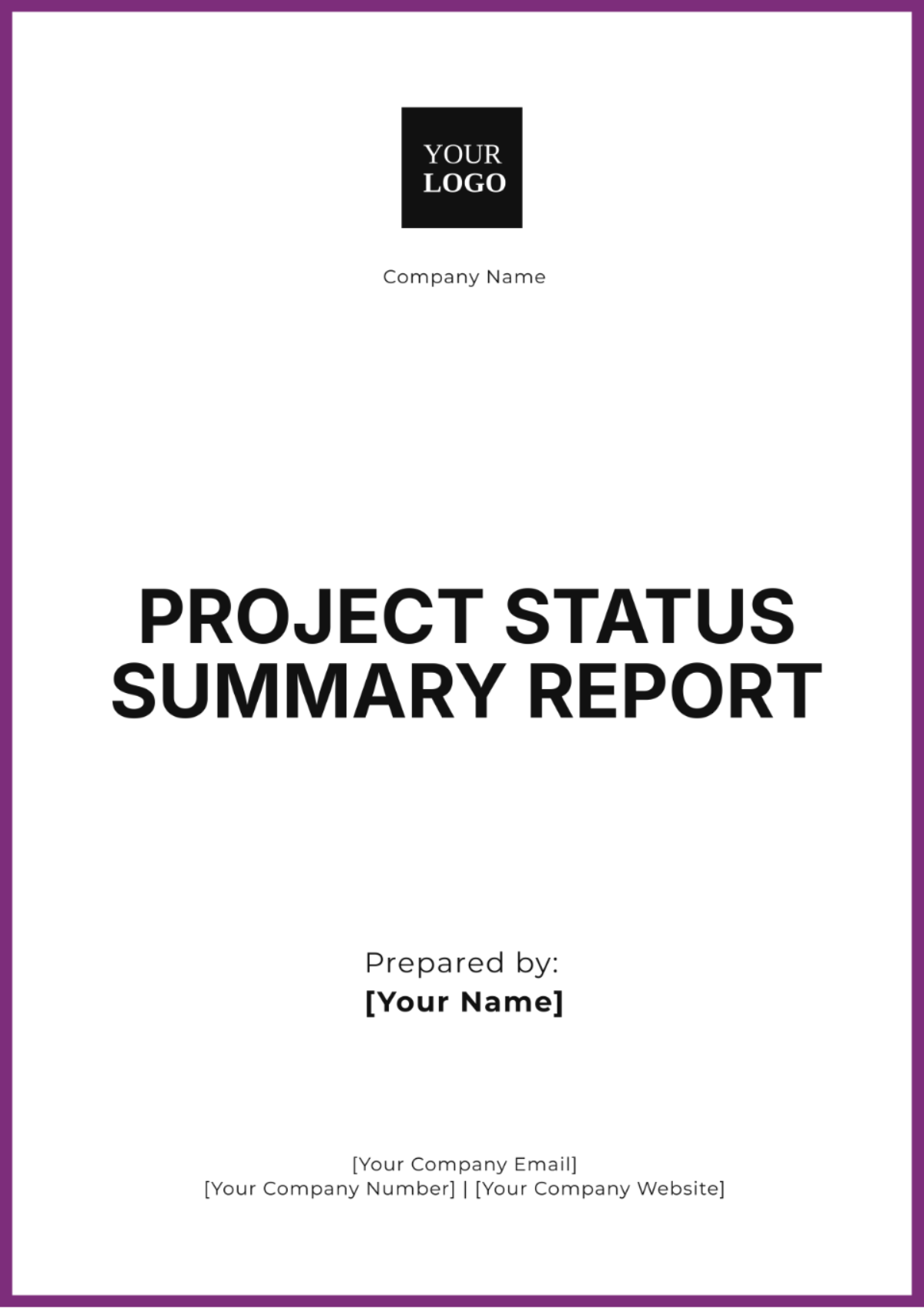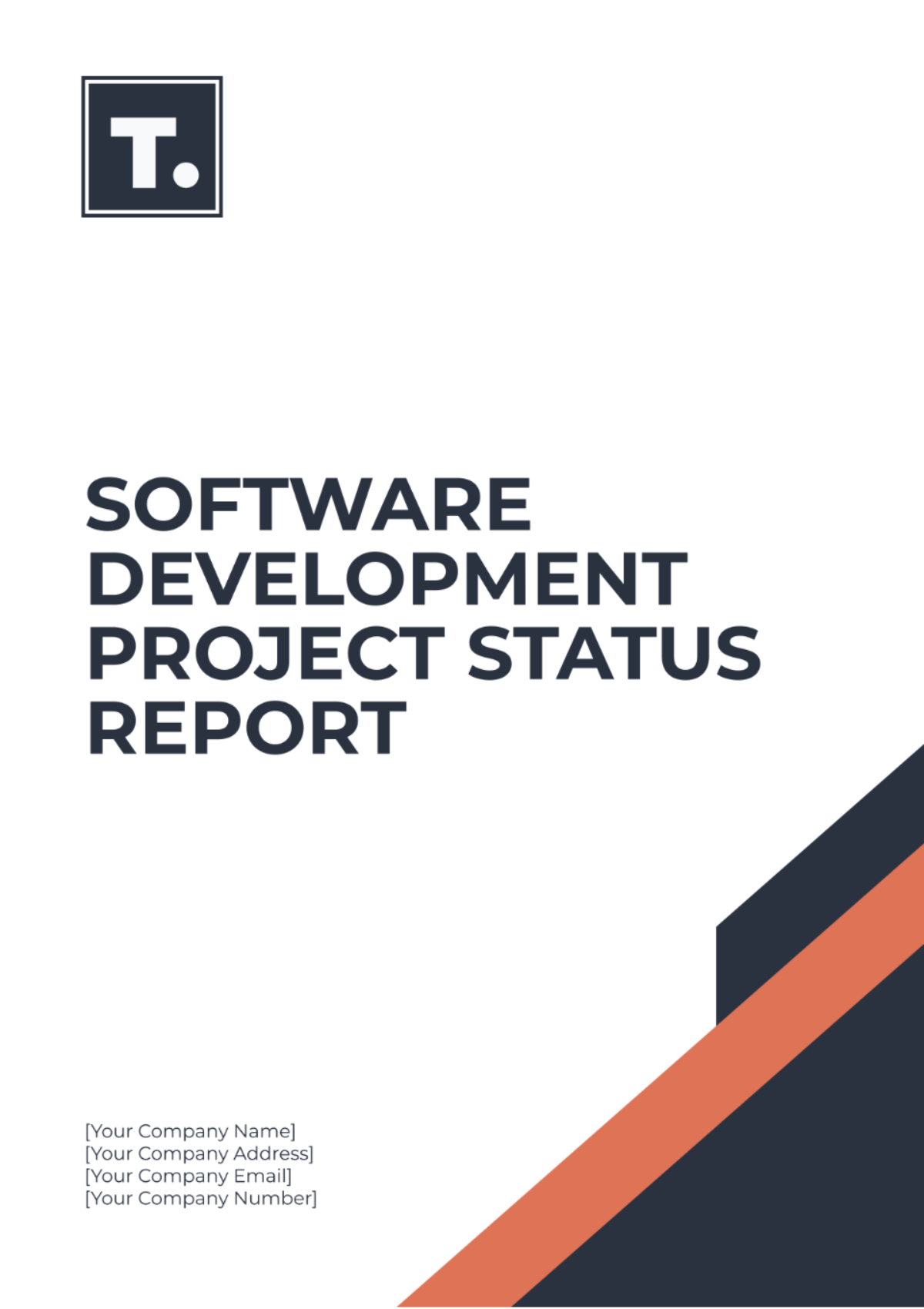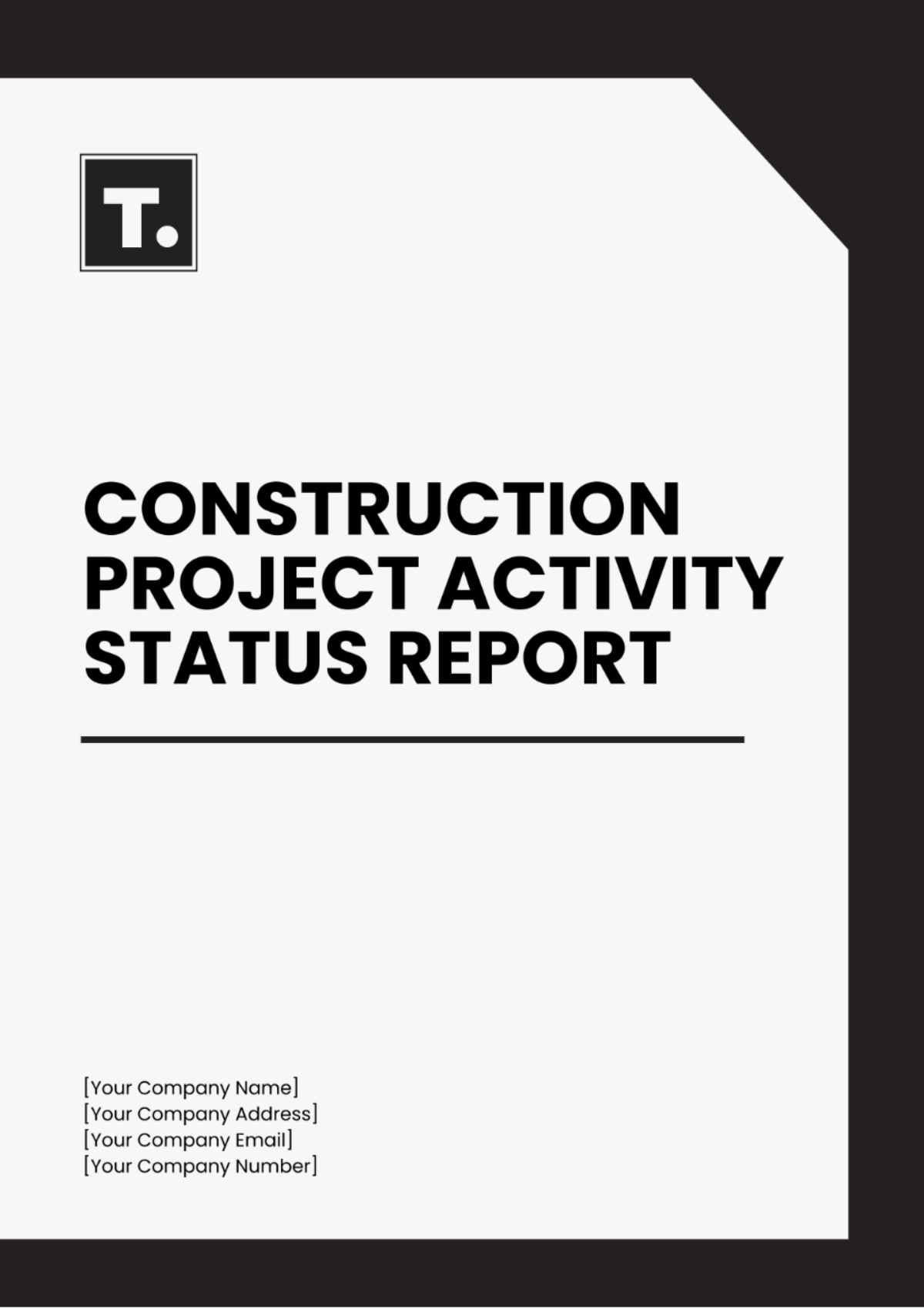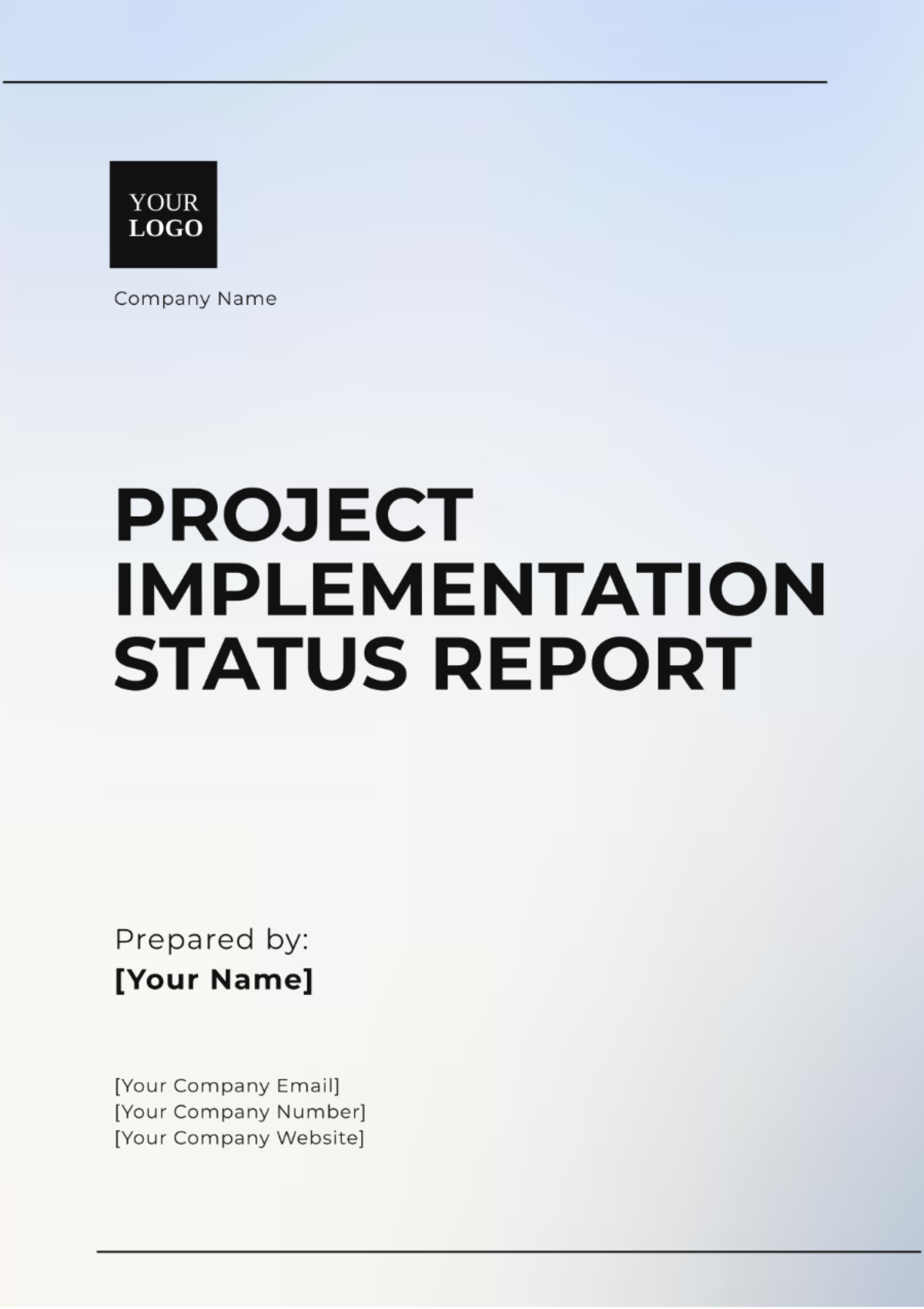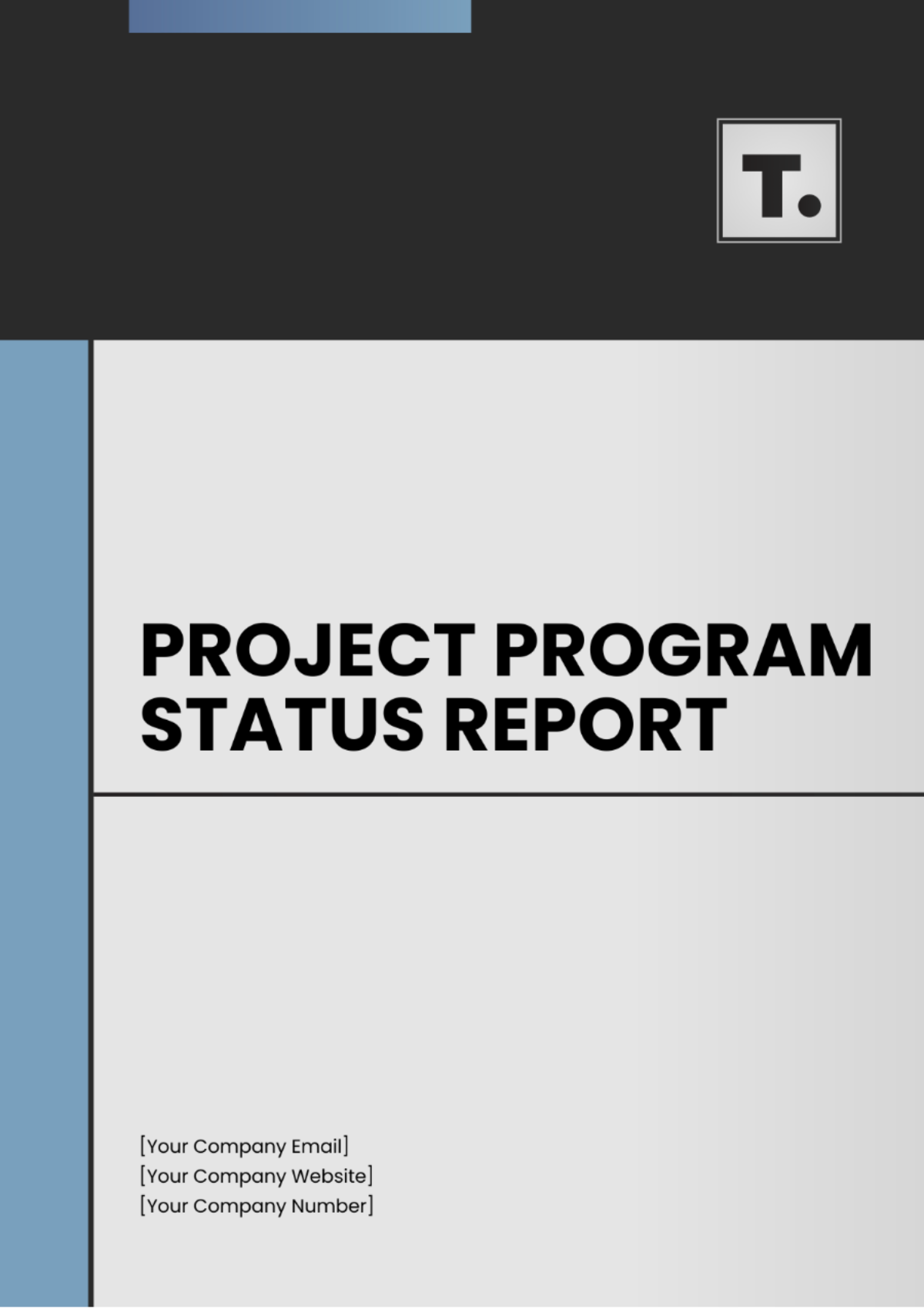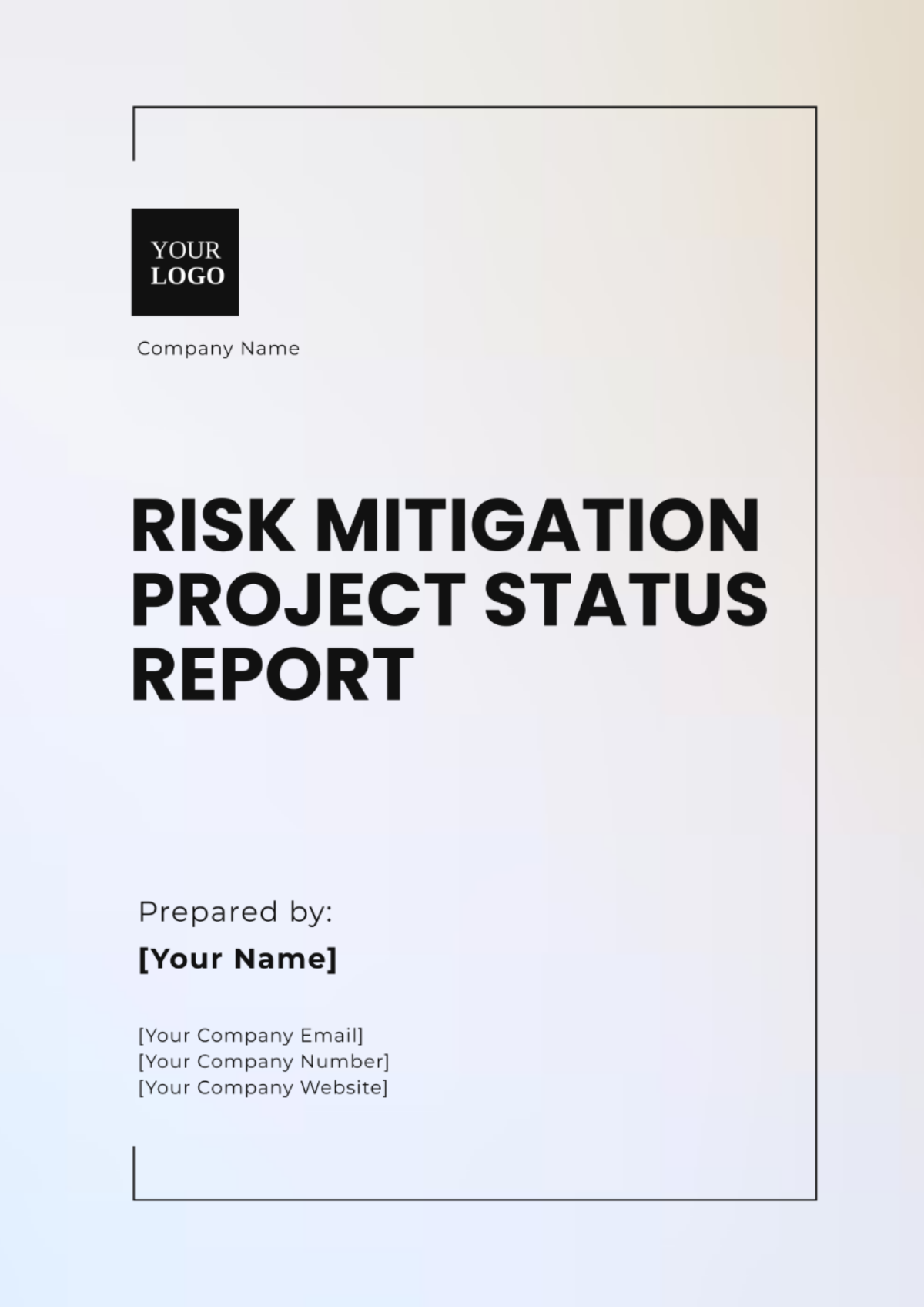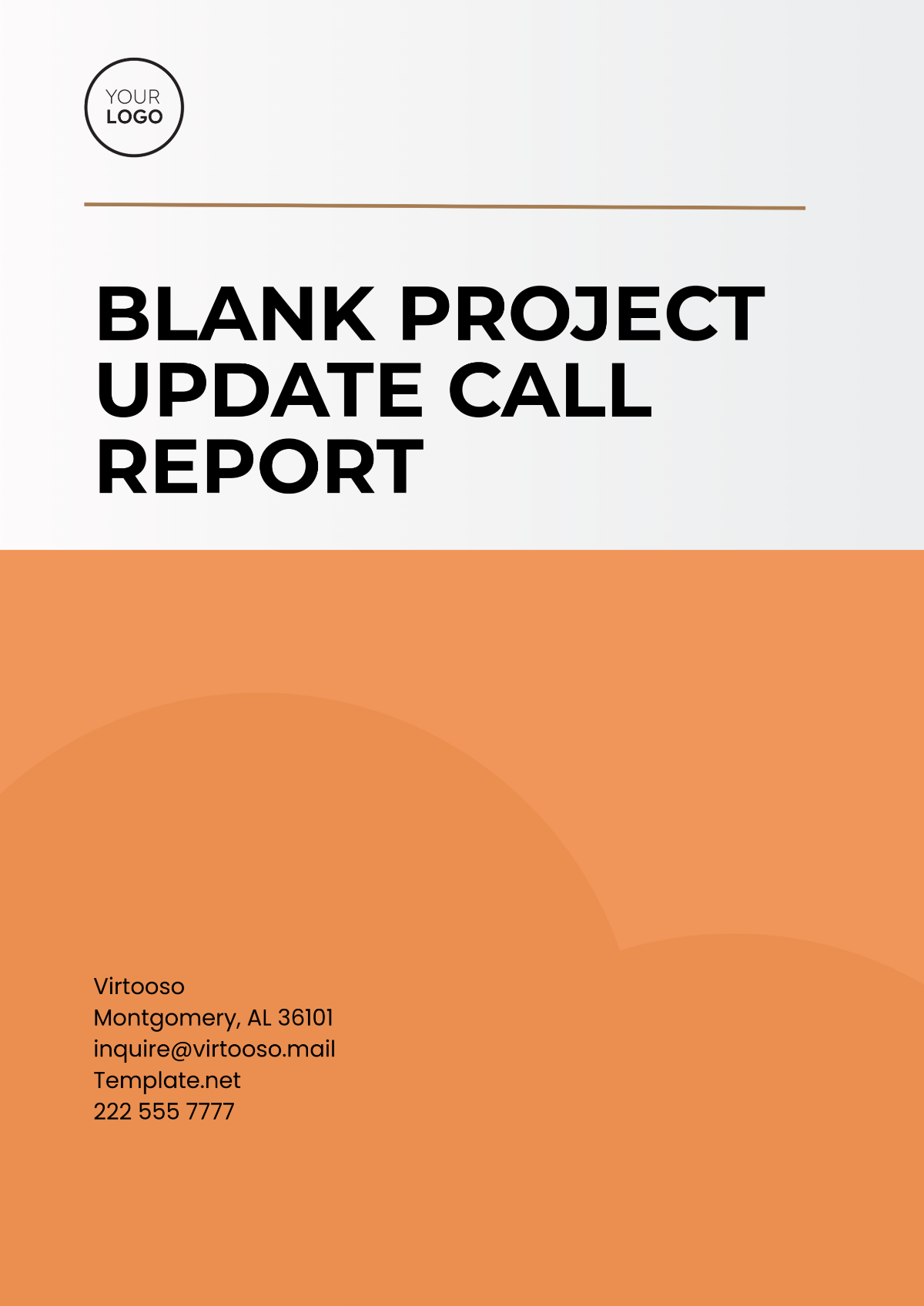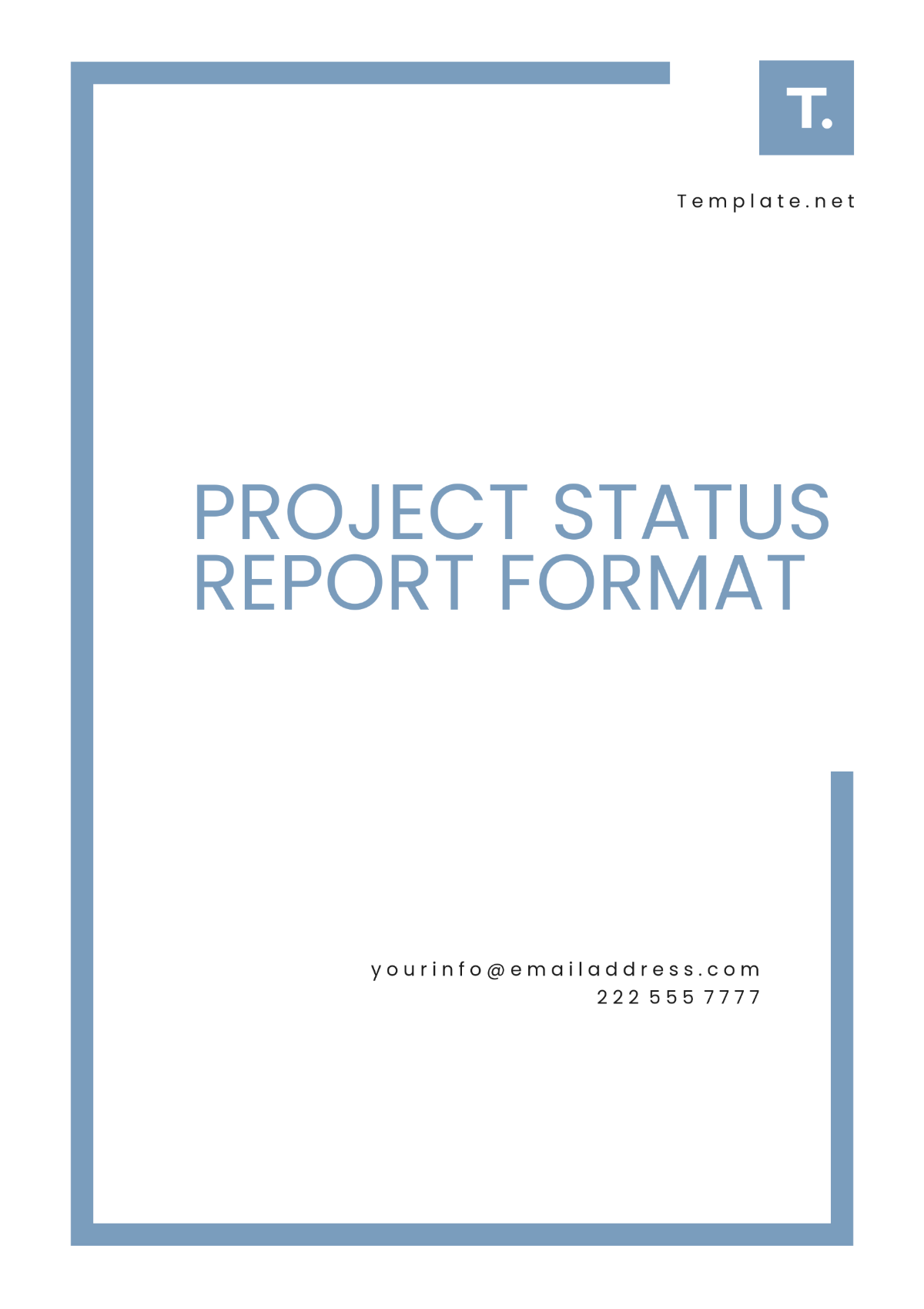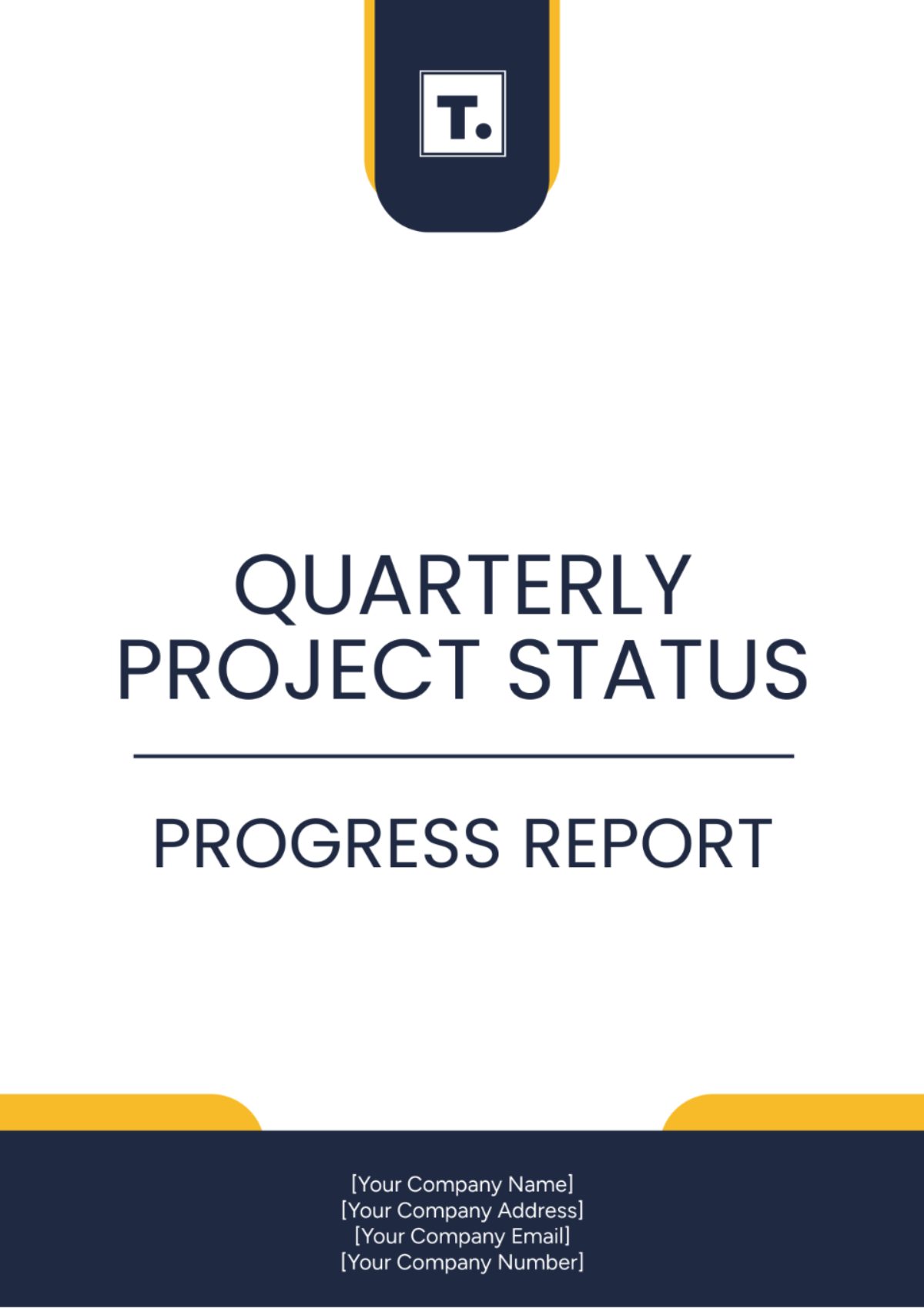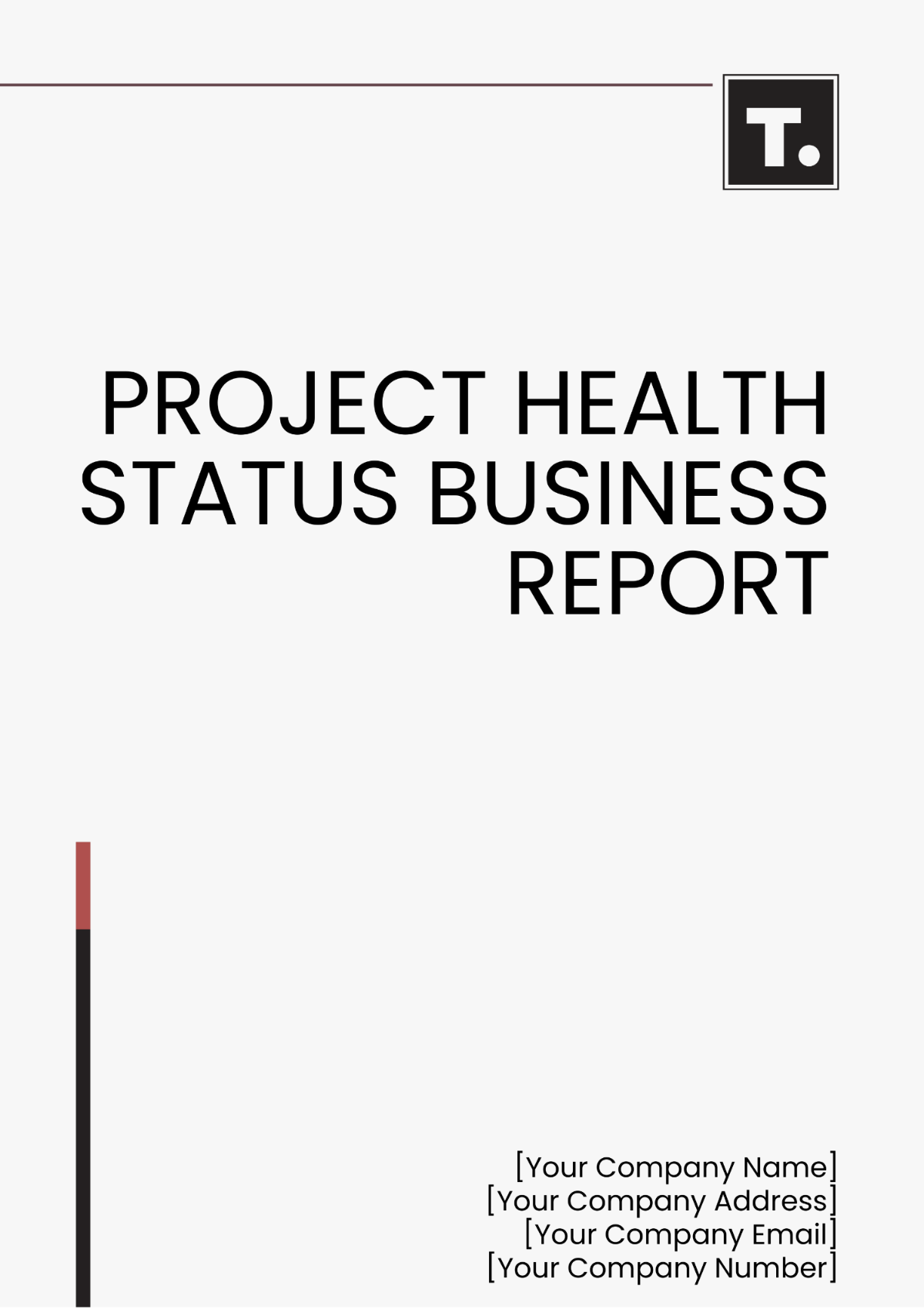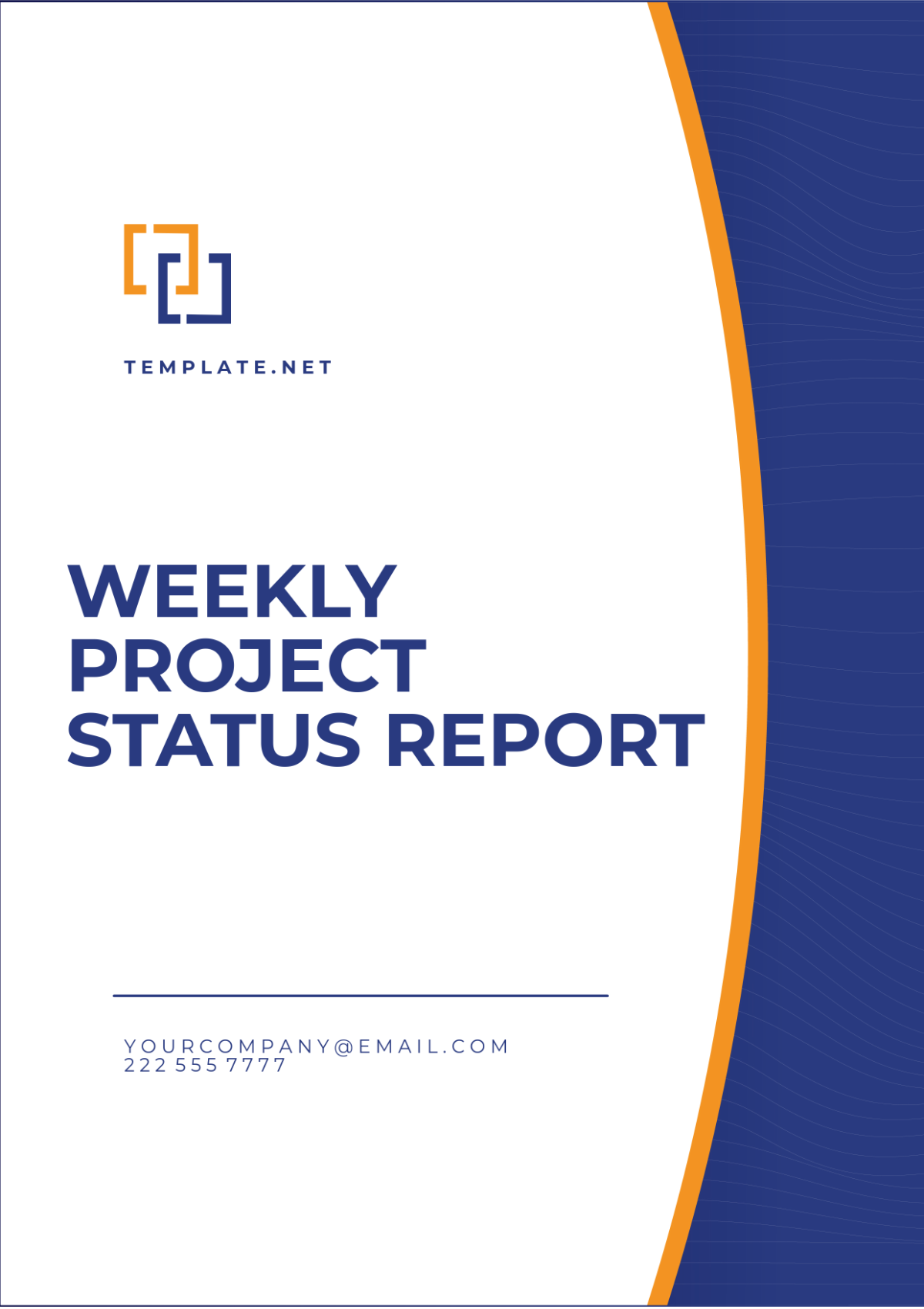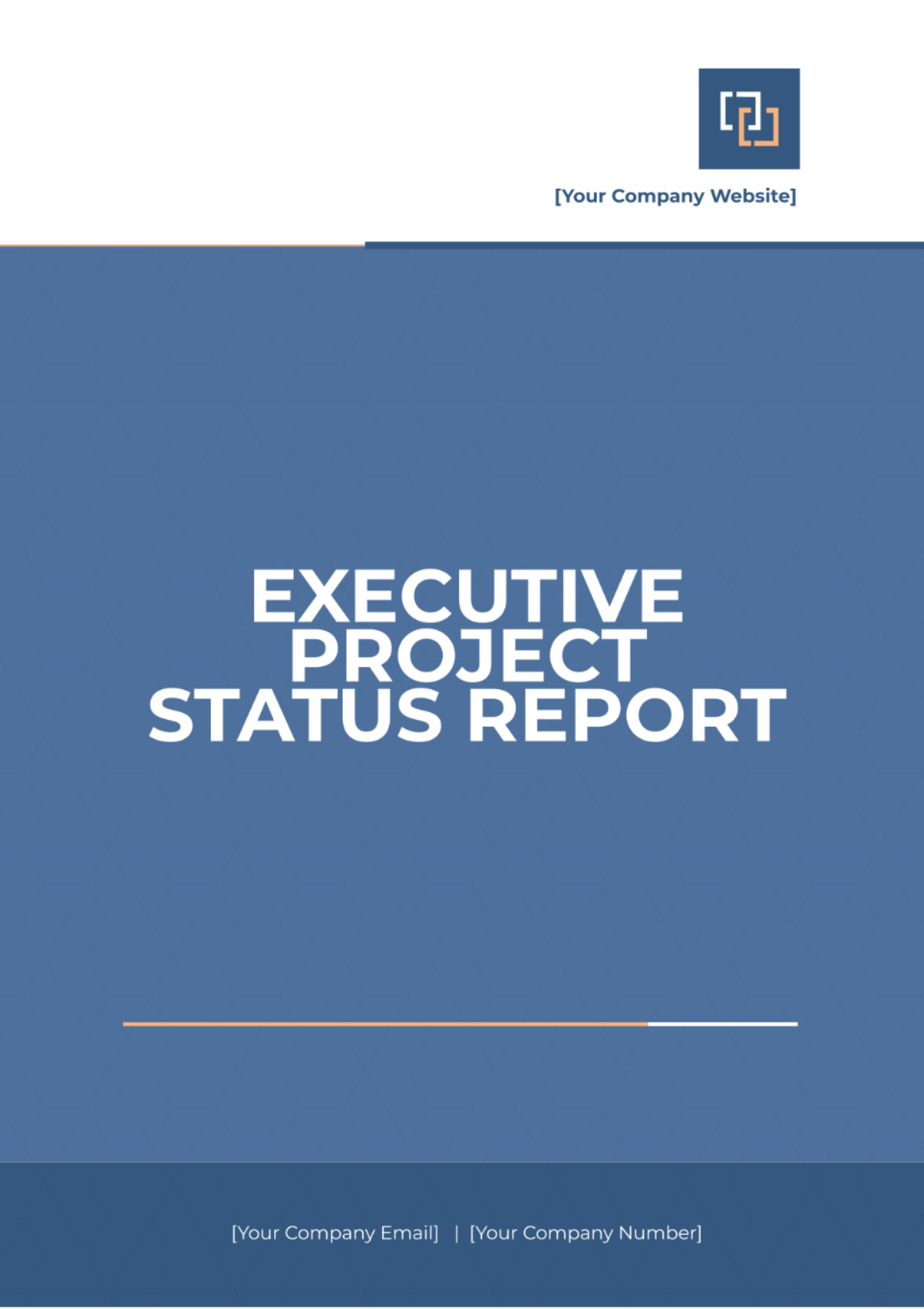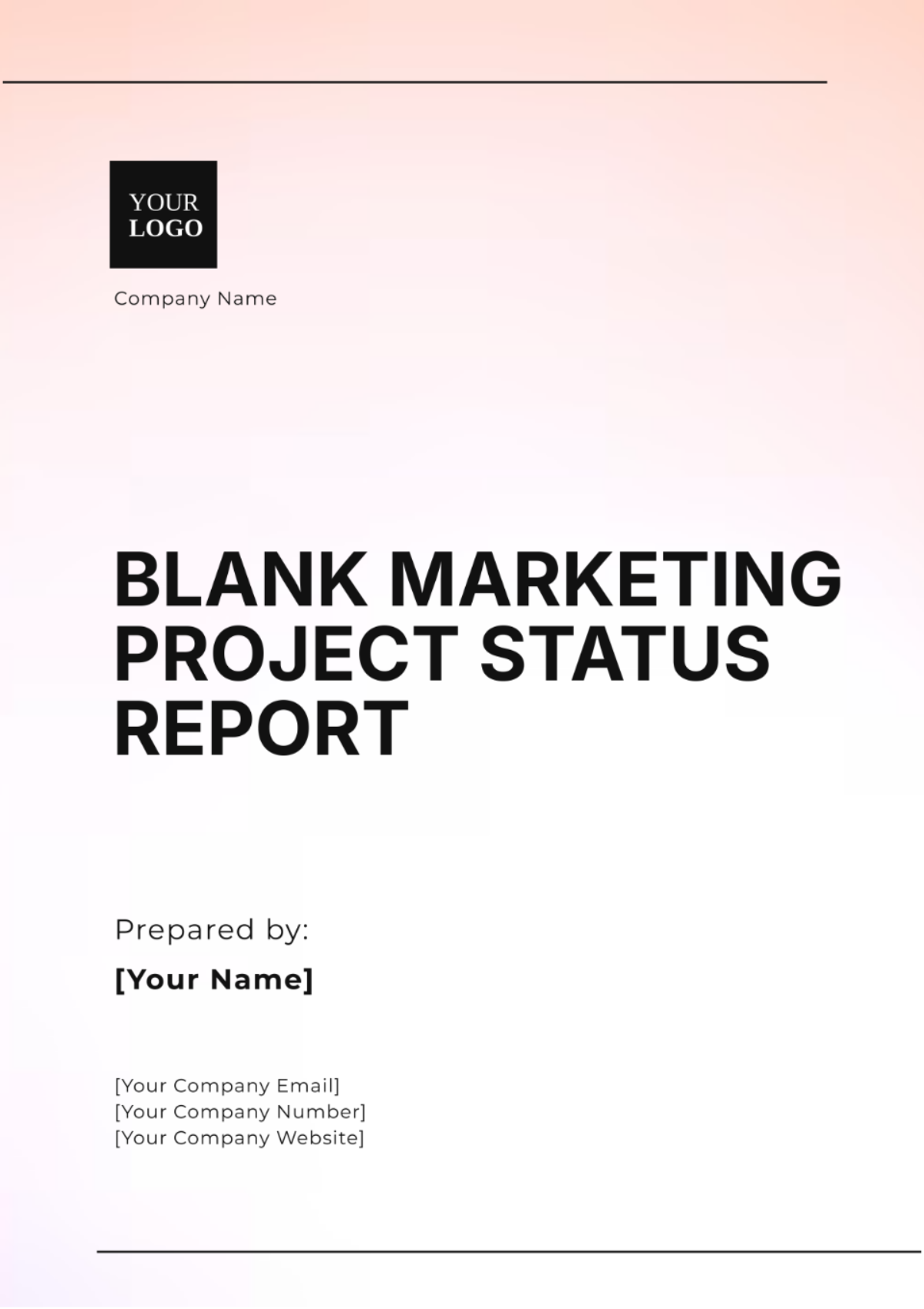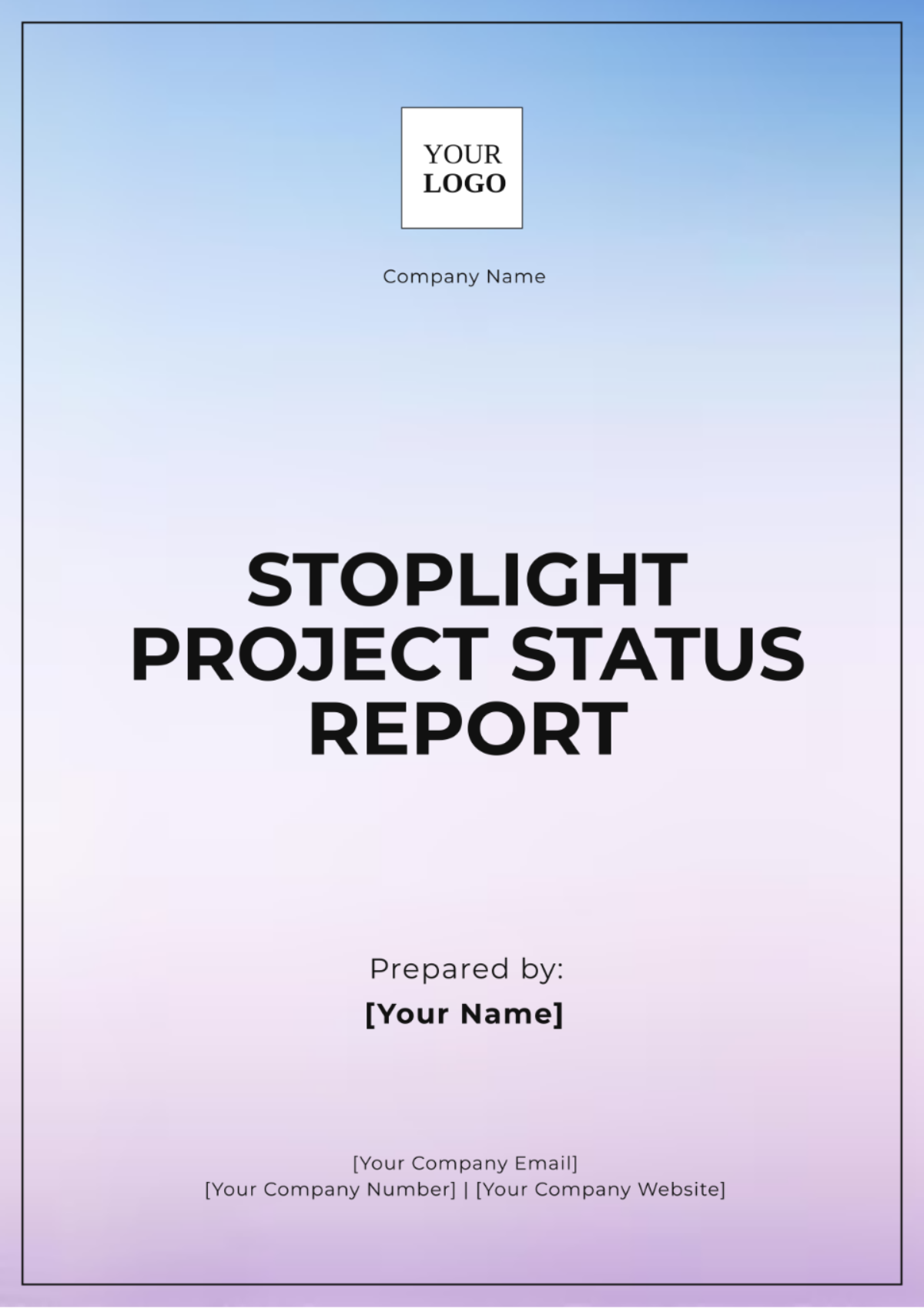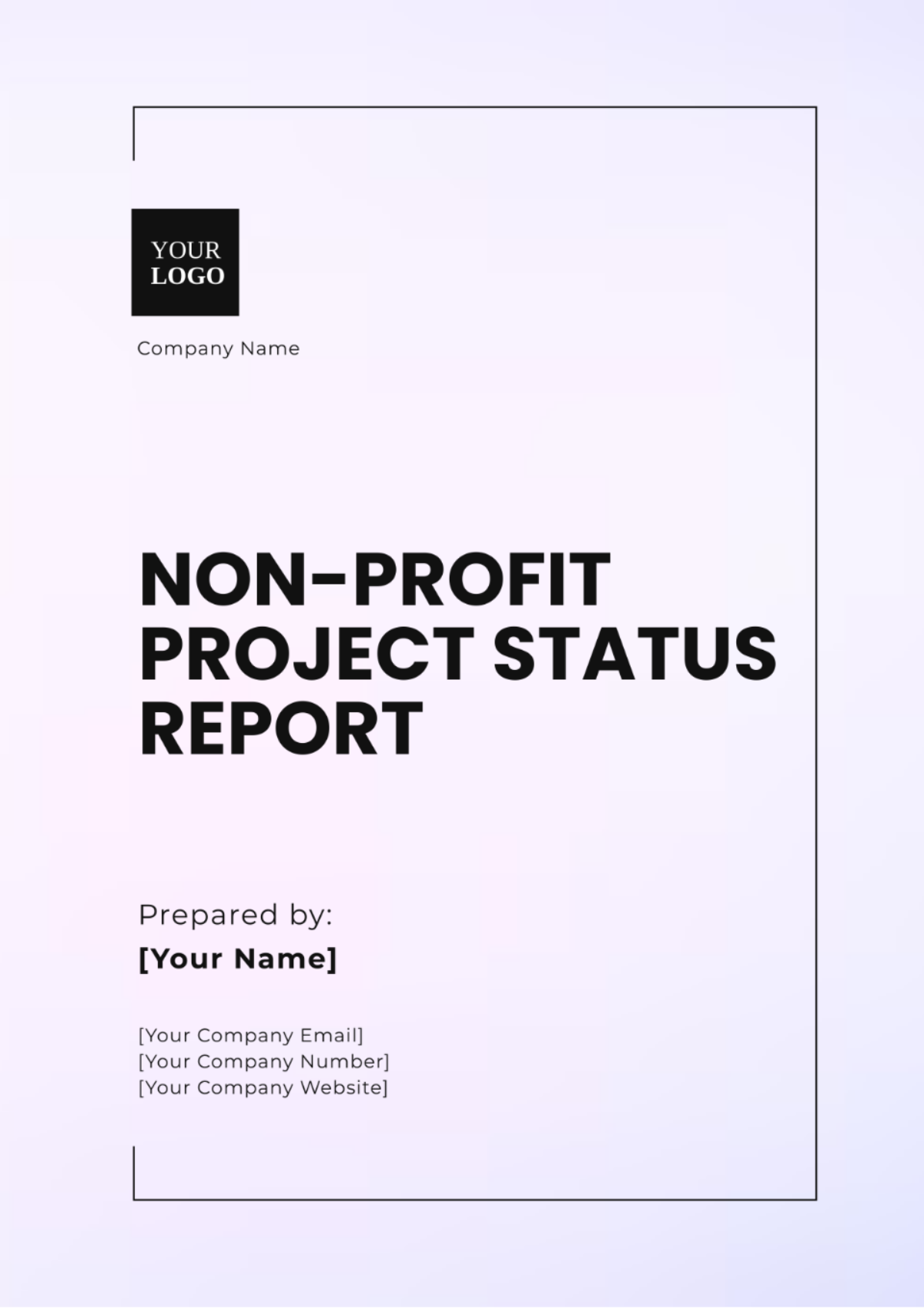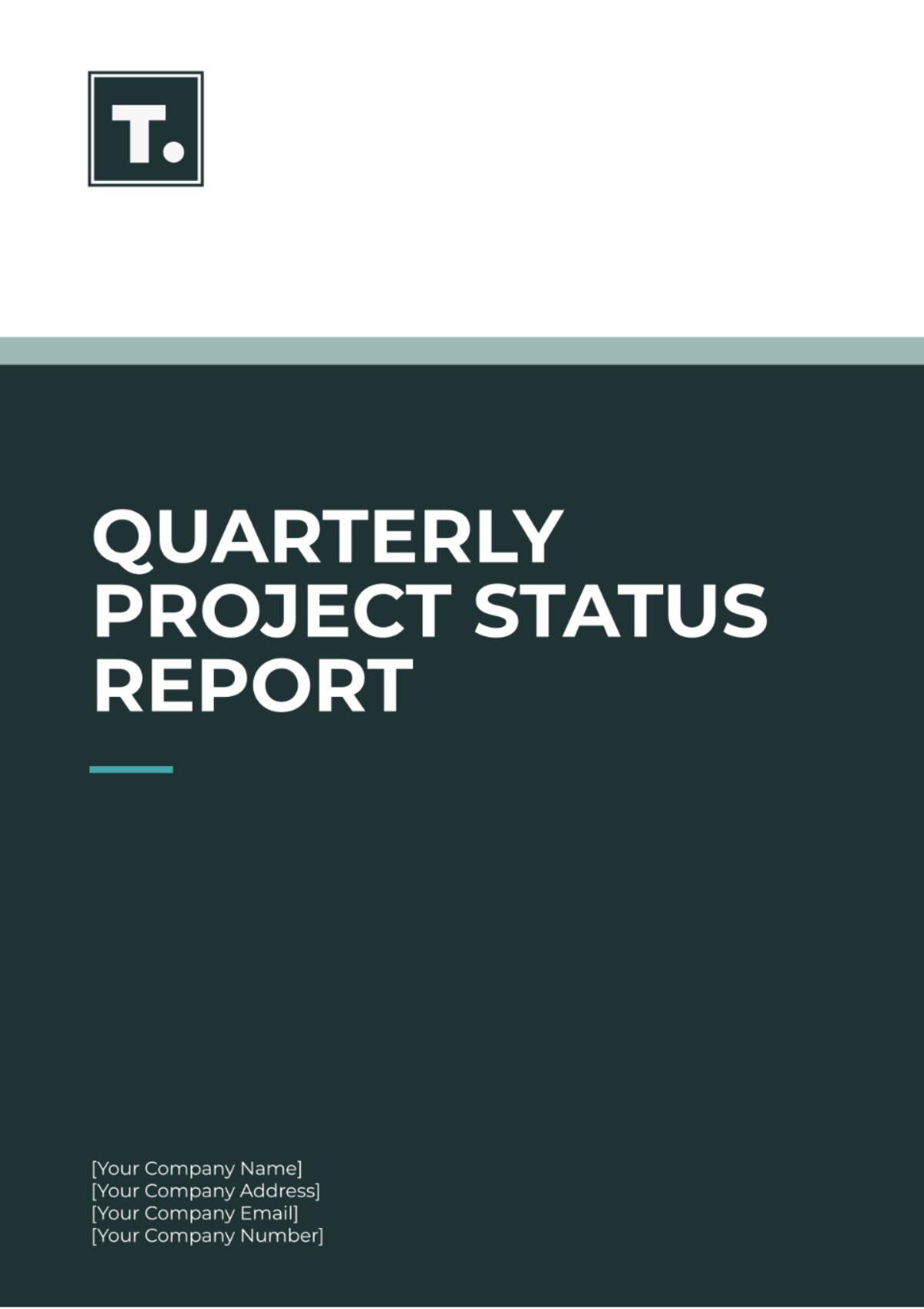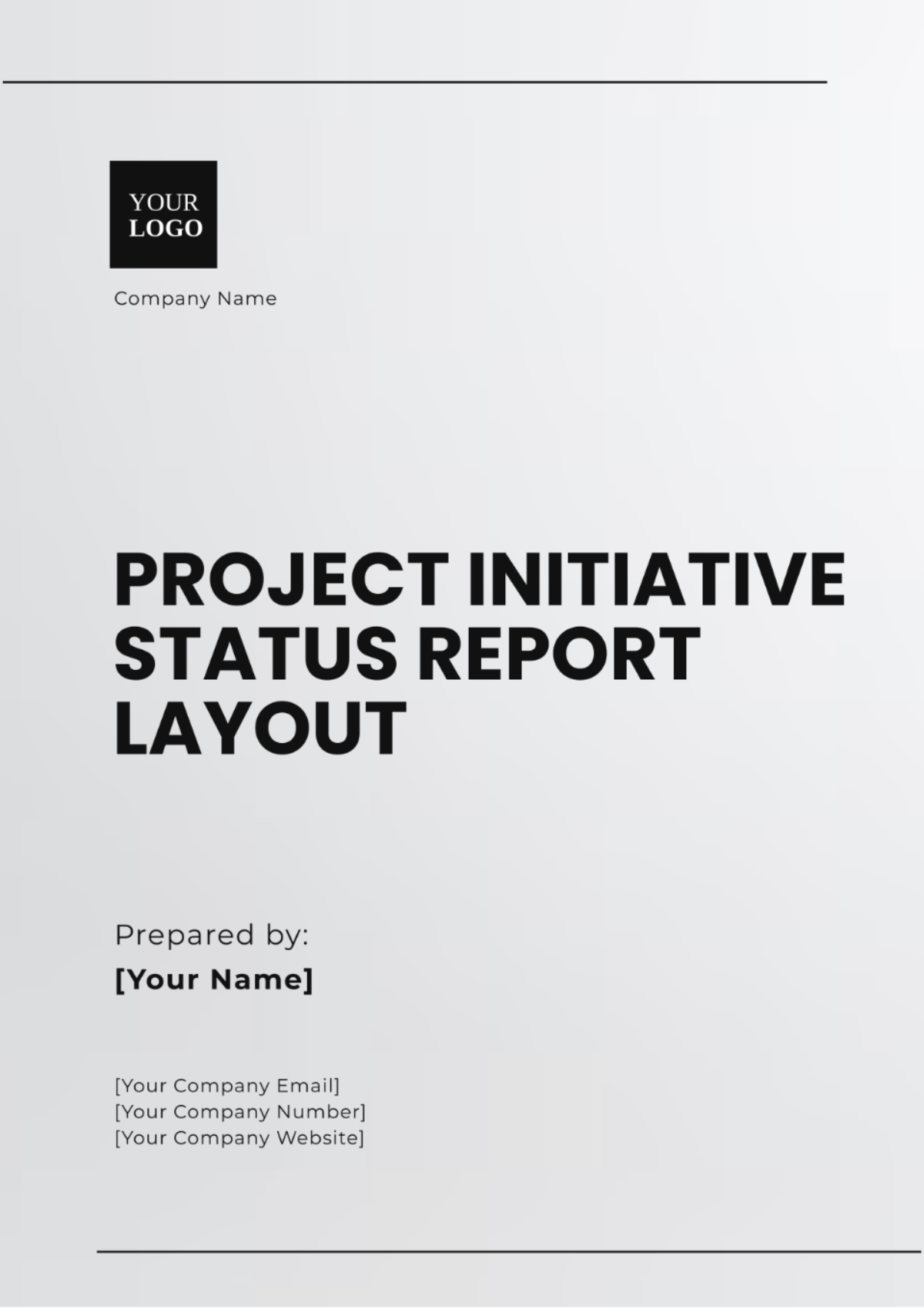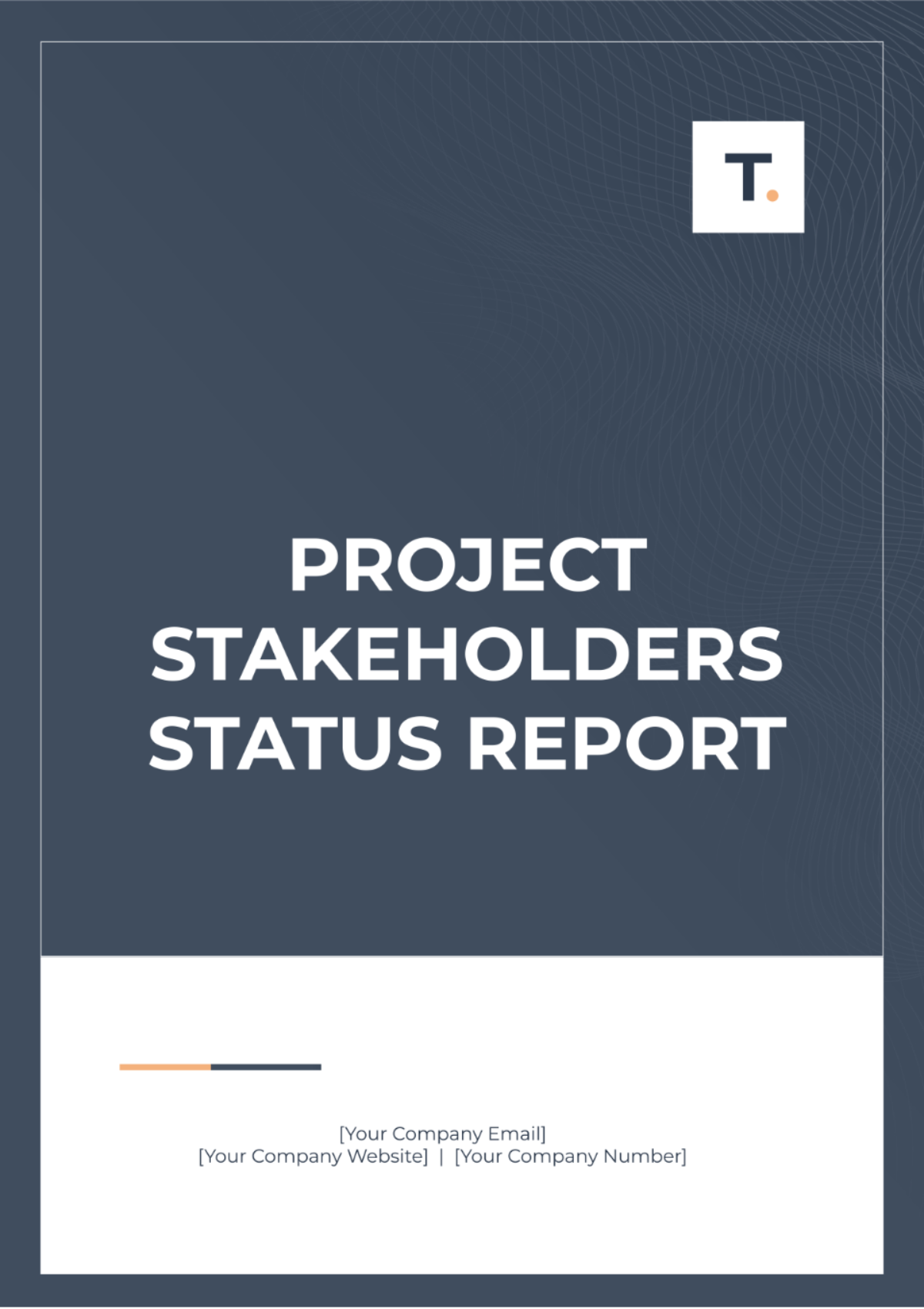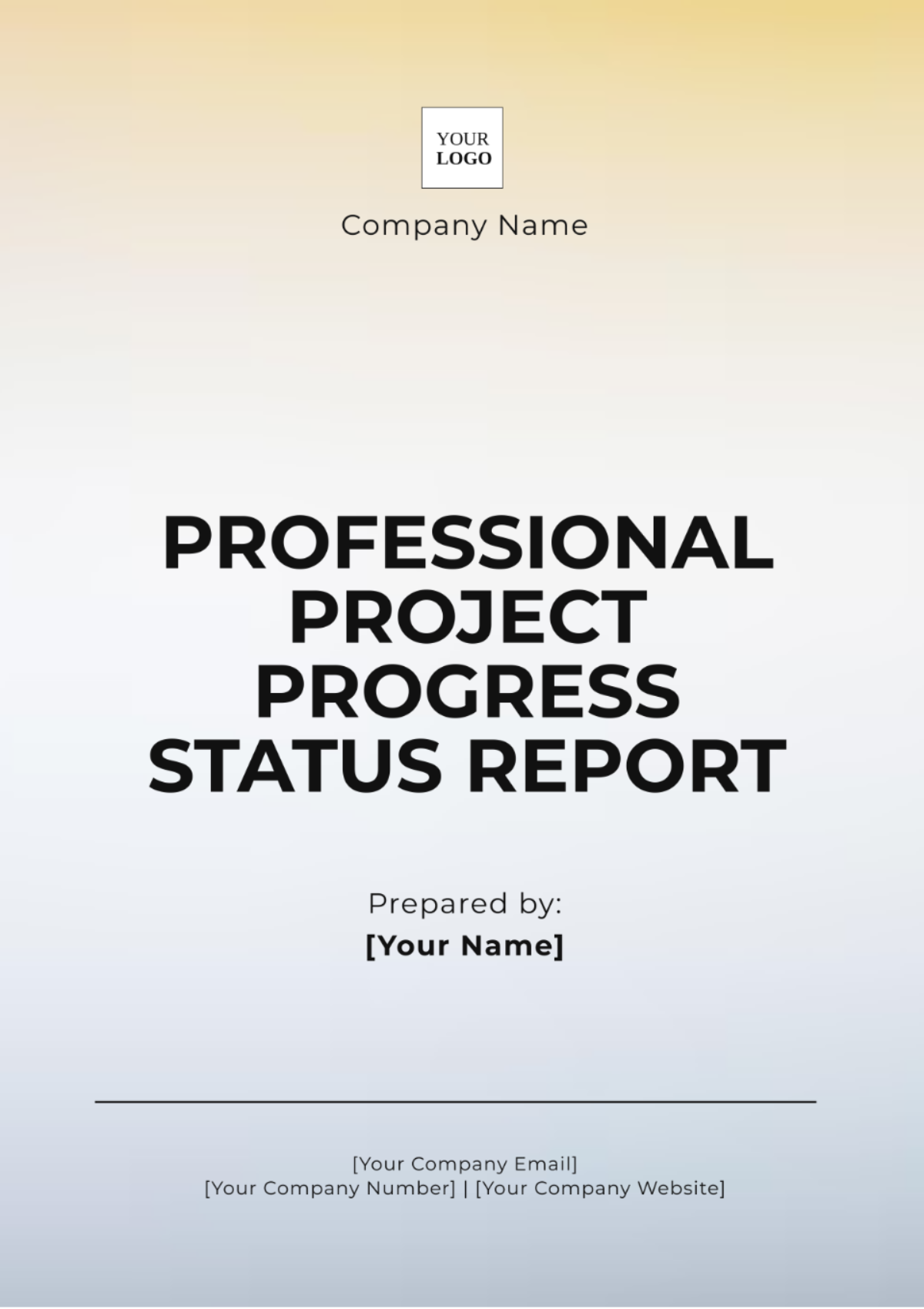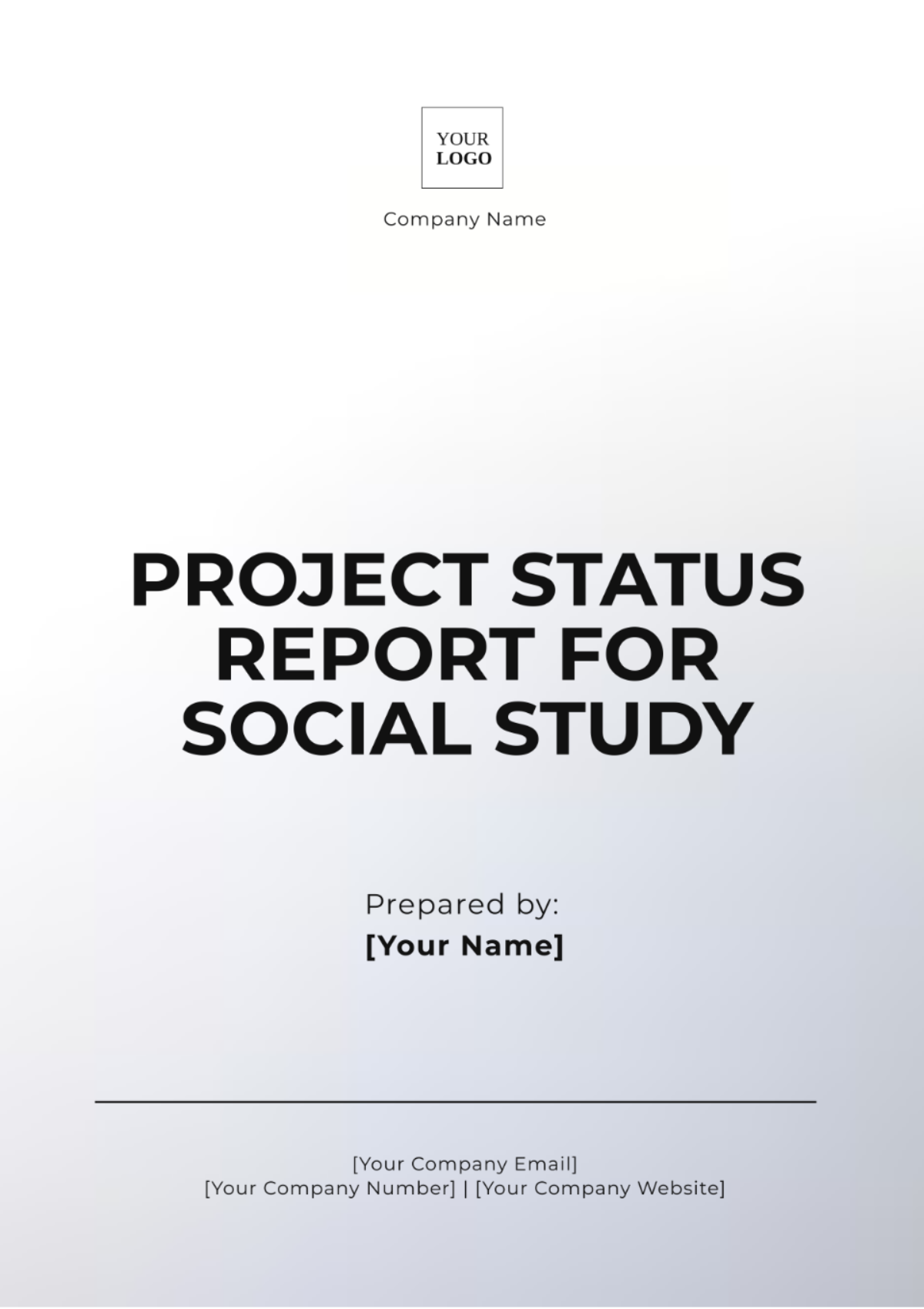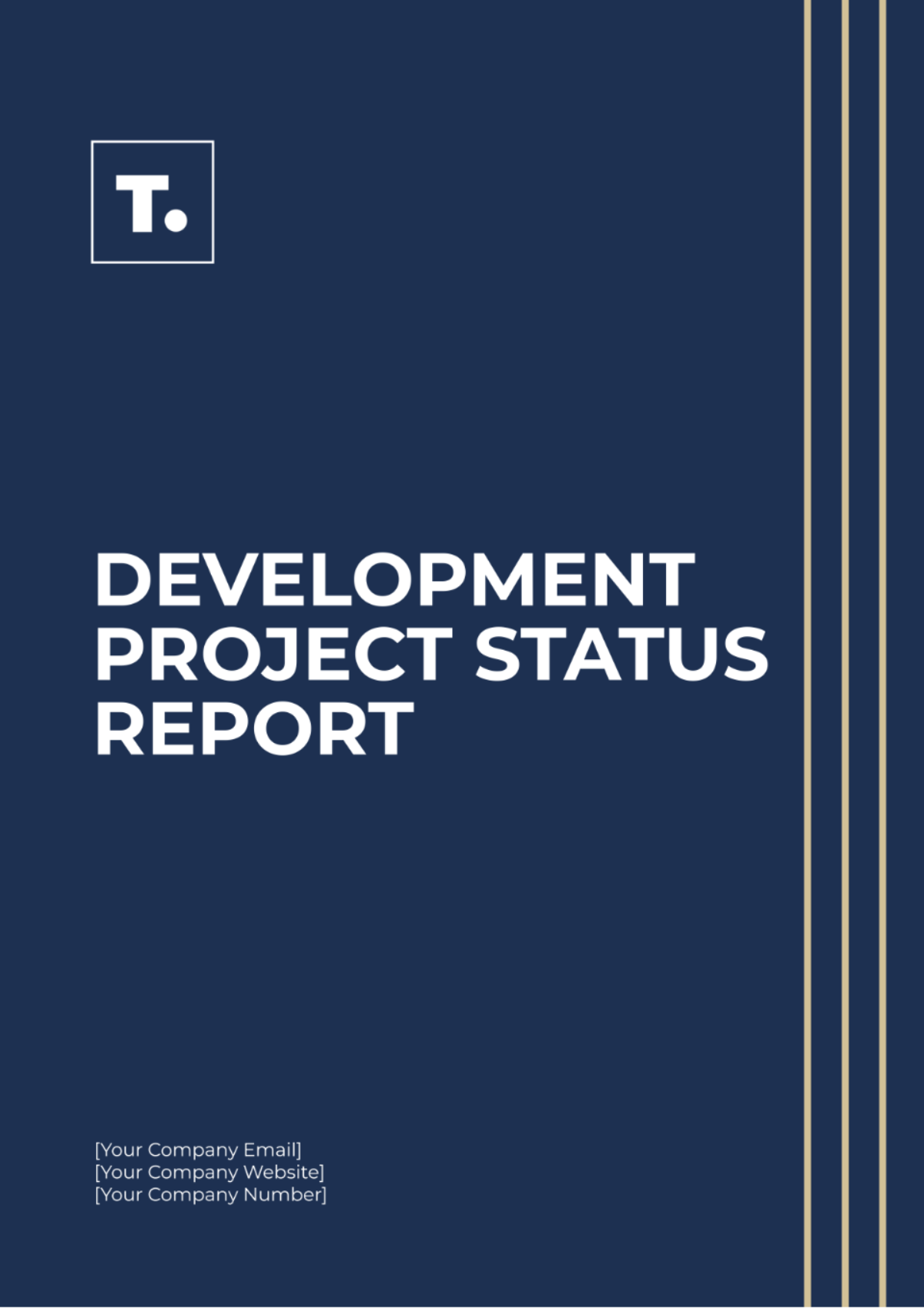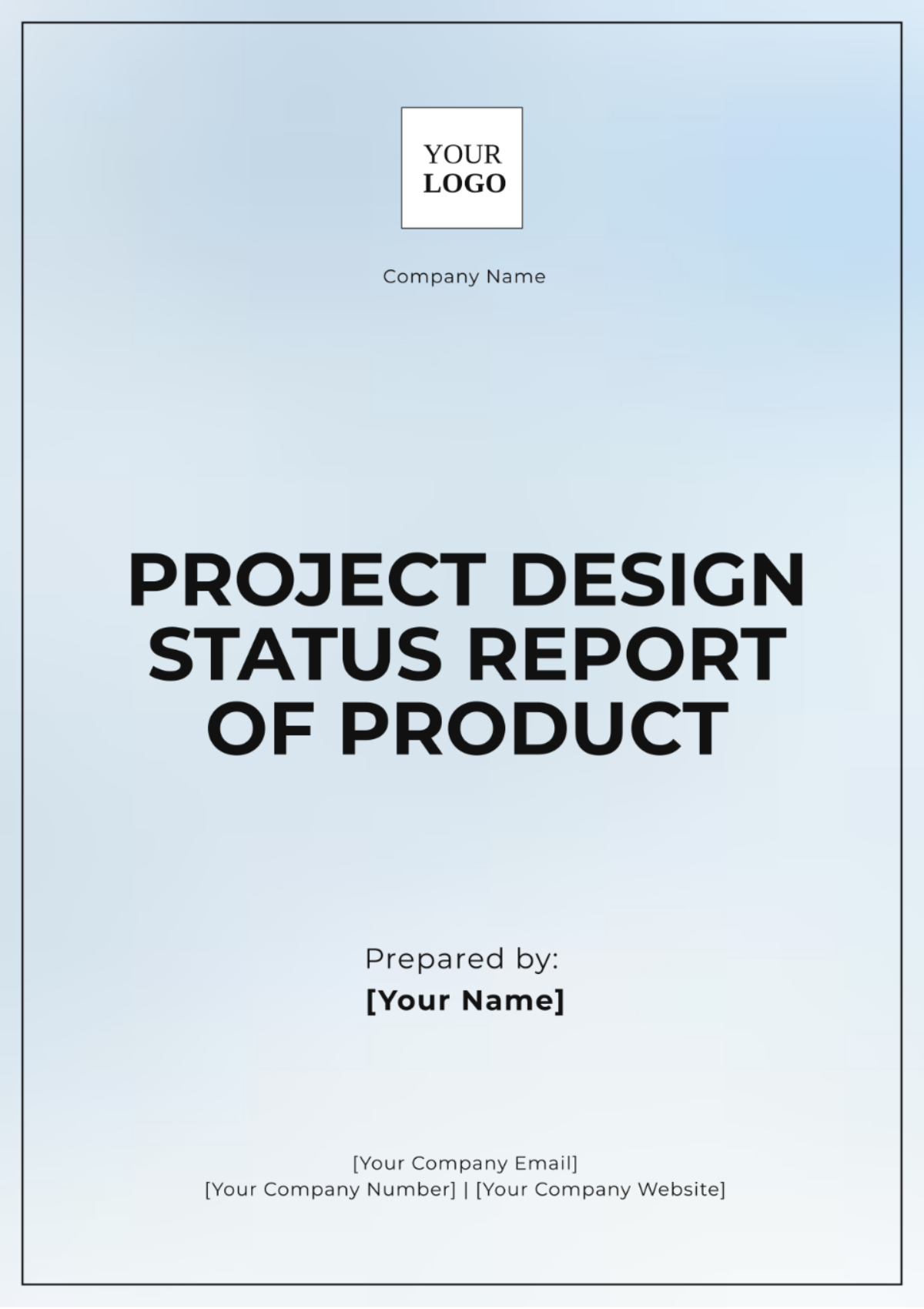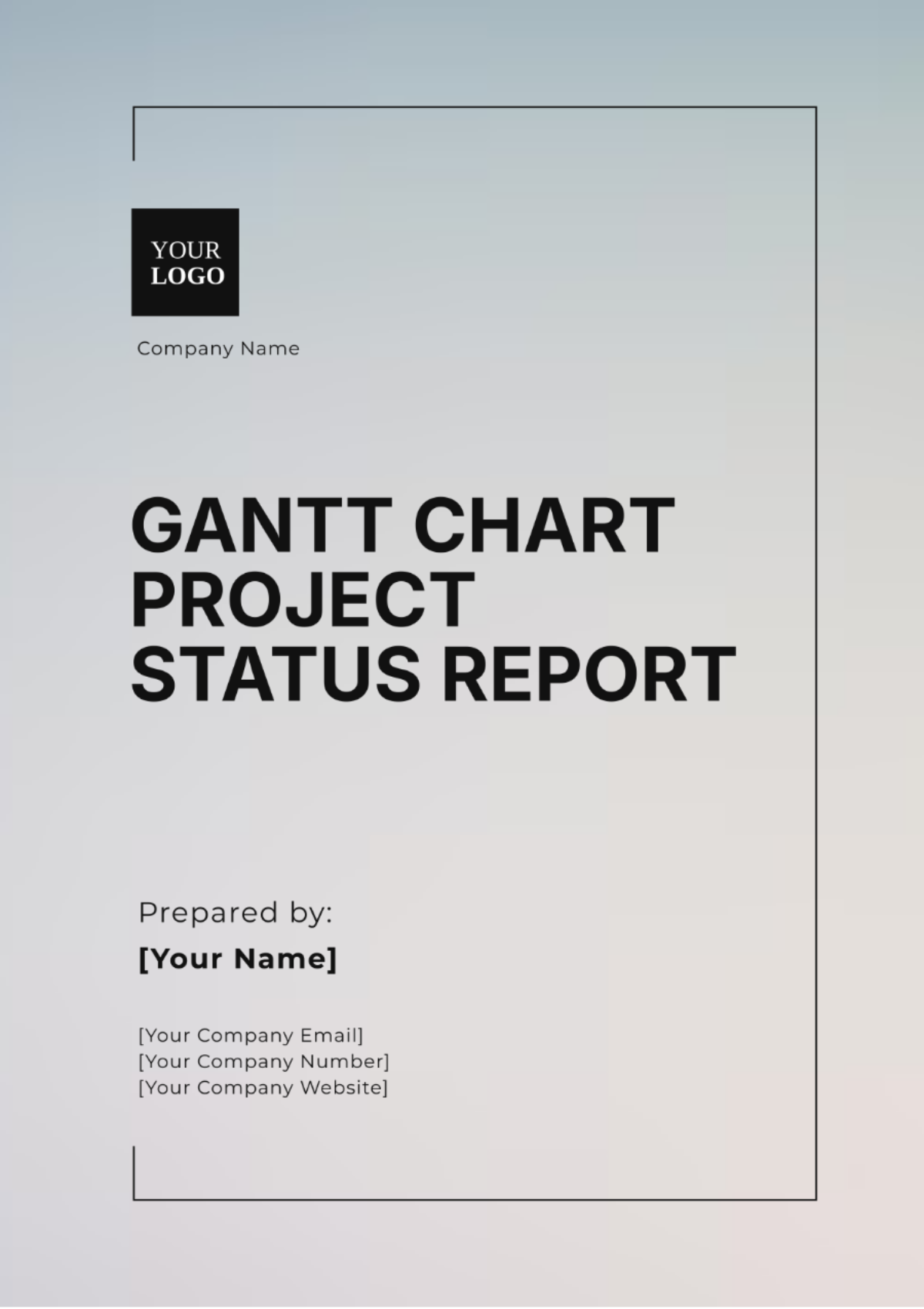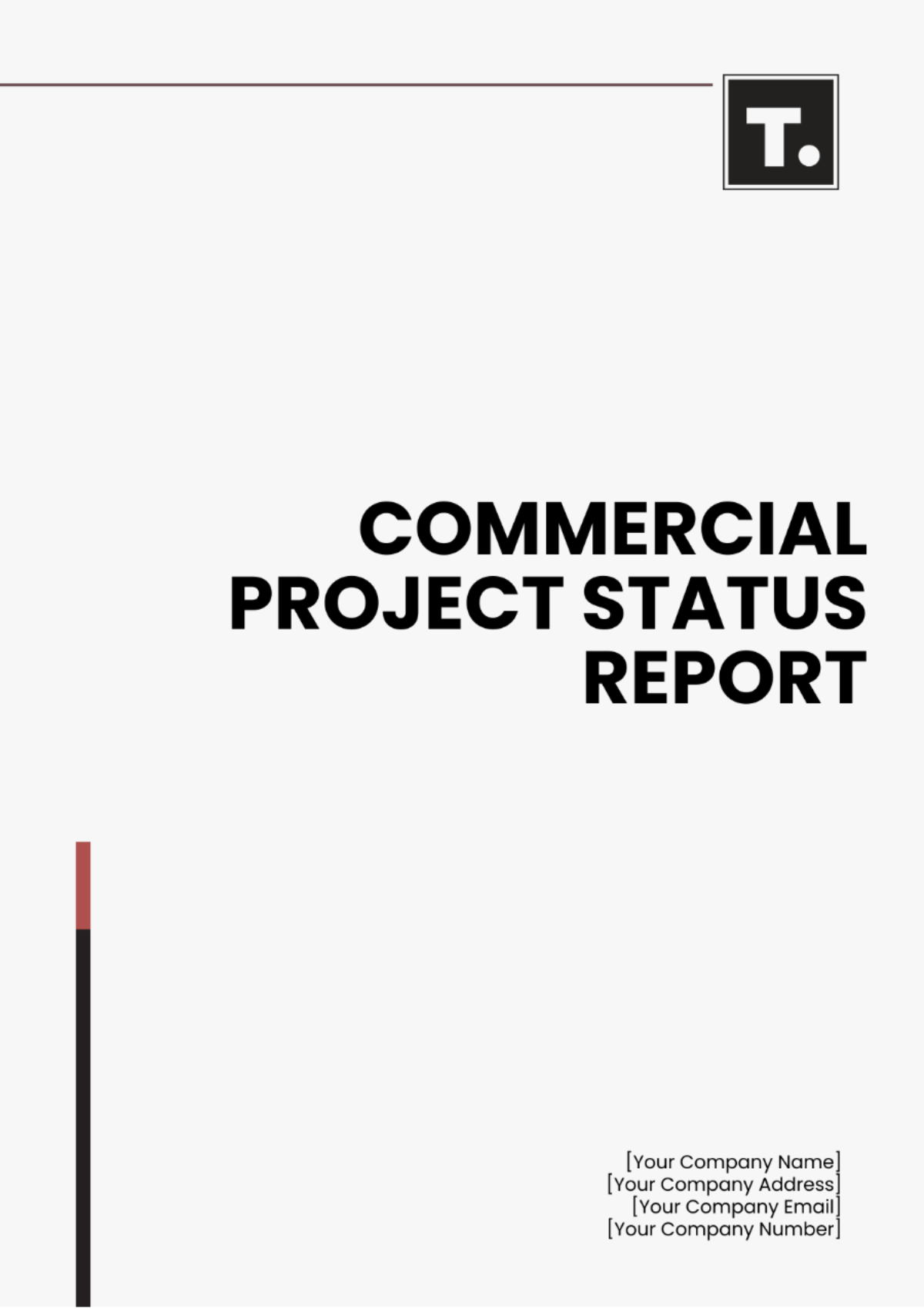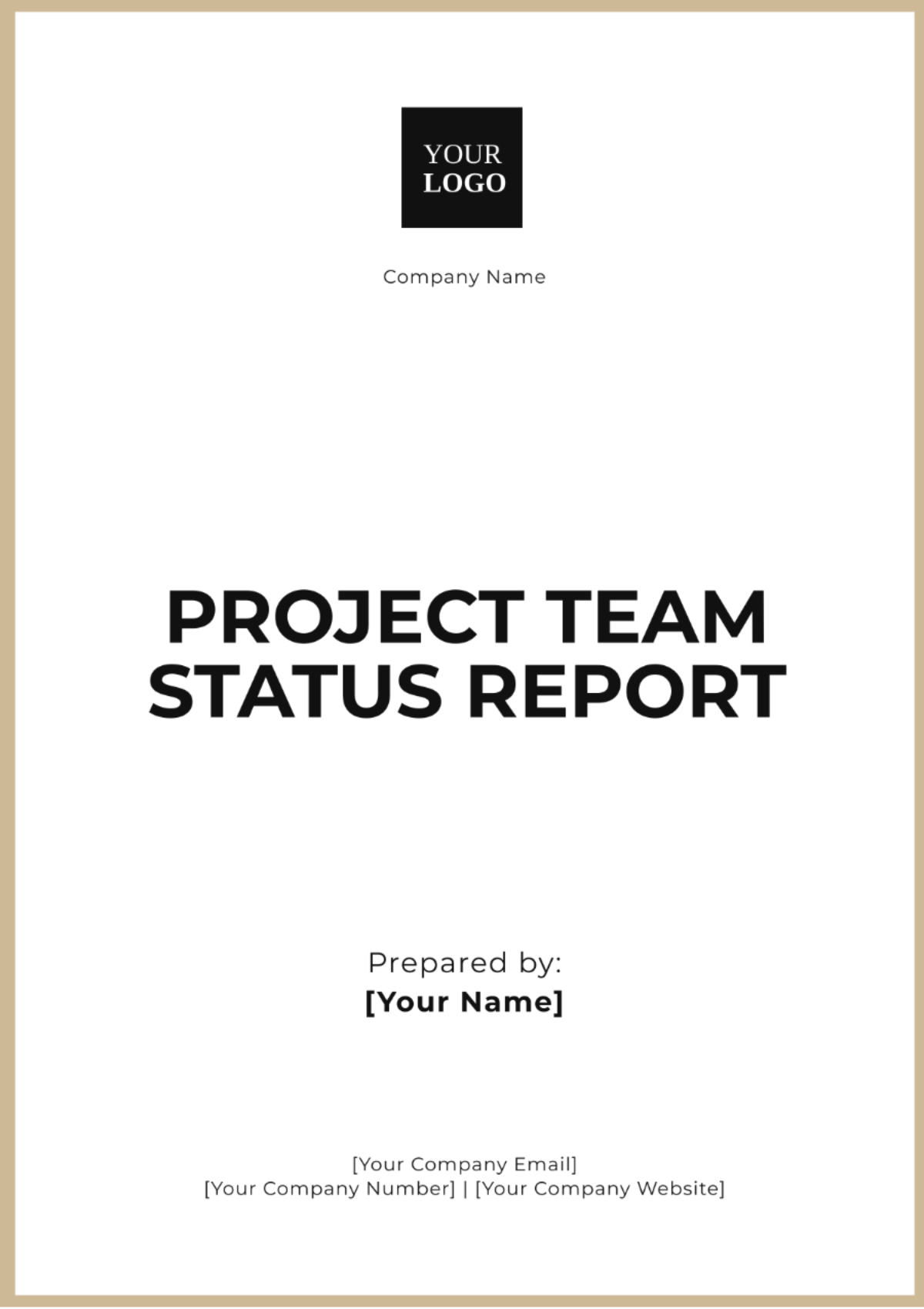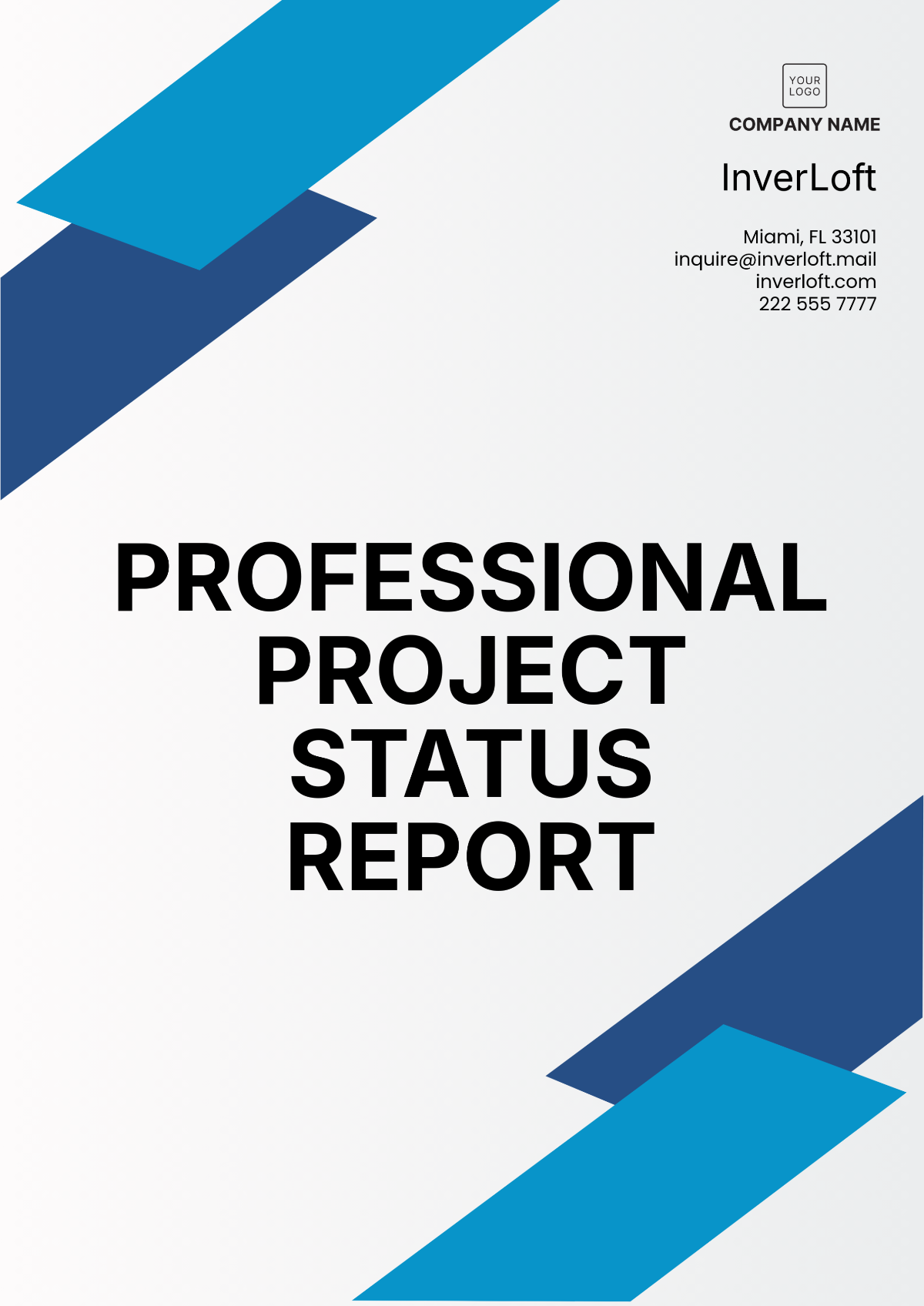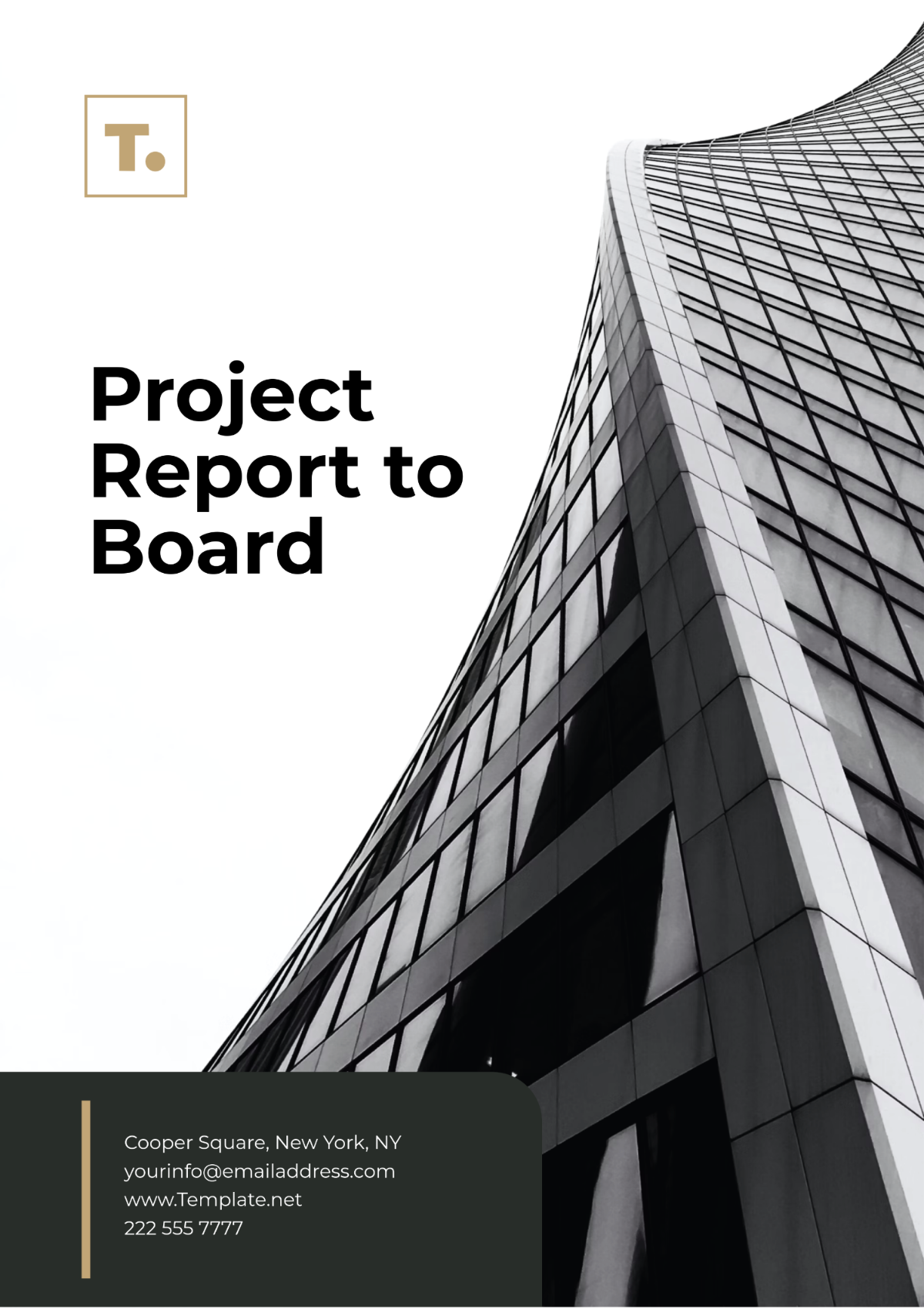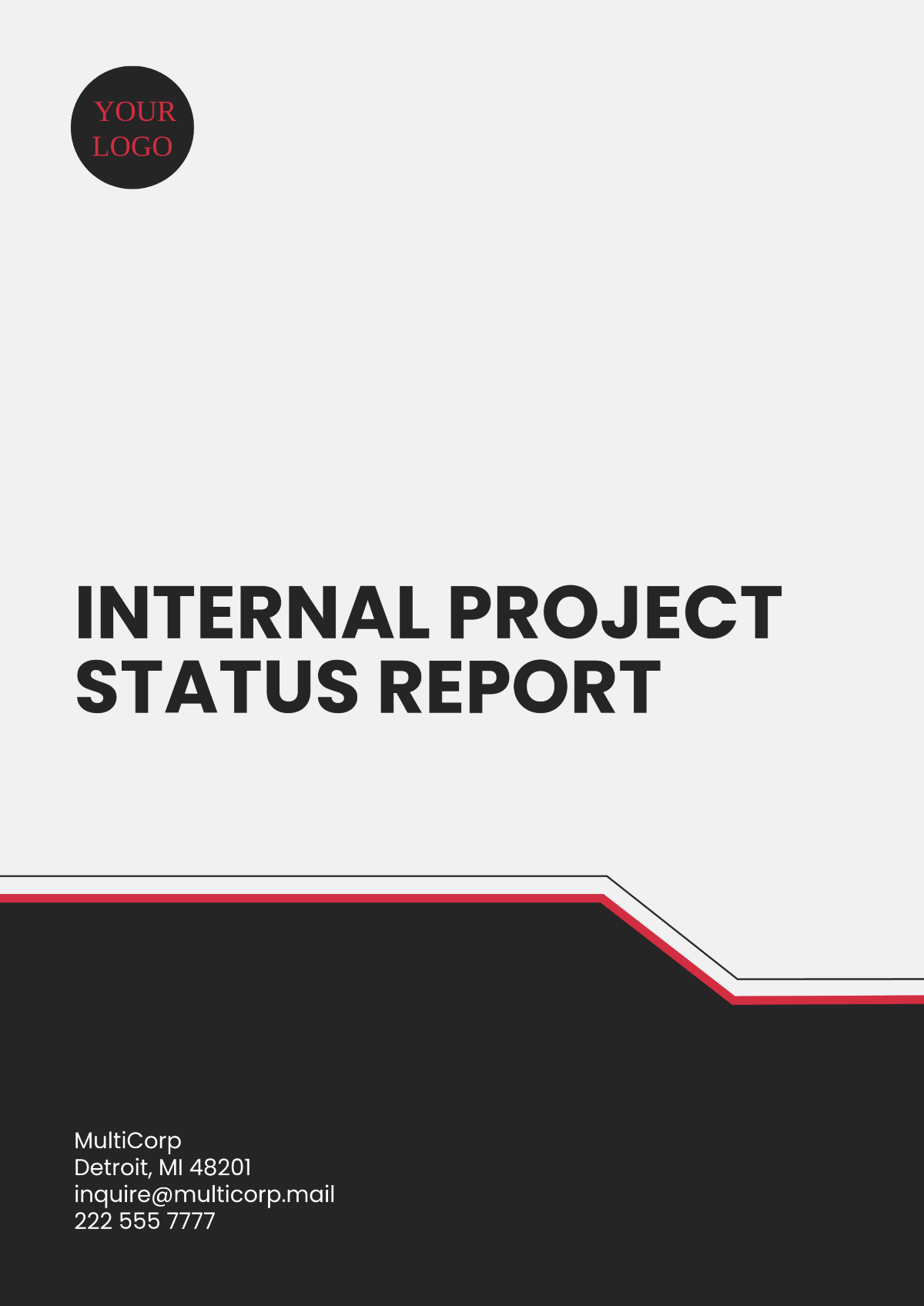Stoplight Project Status Report
Prepared By: [YOUR NAME]
Date: January 10, 2050
I. Executive Summary
The Stoplight Project aims to develop a state-of-the-art traffic control system. The project is currently in the development phase, and this report provides an overview of the progress, key milestones, risks, and next steps.
A. Project Overview
The Stoplight Project will implement a modern traffic management system to improve traffic flow and reduce congestion in urban areas. The system includes real-time monitoring, adaptive signal control, and integration with existing traffic infrastructure.
B. Key Accomplishments
Milestone | Date Completed | Details |
|---|---|---|
Project Kickoff | January 15, 2050 | Formal initiation of the project with stakeholders. |
Requirement Analysis | March 30, 2050 | Completion of requirement gathering and initial validation. |
Prototype Development | July 12, 2050 | Creation and testing of a prototype for the adaptive signal control. |
II. Project Status
A. Schedule
The project is progressing according to the established schedule, with the majority of the critical milestones being accomplished as originally intended. Nevertheless, it is important to note that there has been a minor delay encountered during the integration phase. This delay is attributable to limitations in the availability of resources.
B. Budget
The project budget is currently within the allocated funds. Below is a summary of the budget status:
Budget Item | Allocated | Spent | Remaining |
|---|---|---|---|
Development | $200,000 | $150,000 | $50,000 |
Testing | $100,000 | $60,000 | $40,000 |
Implementation | $150,000 | $0 | $150,000 |
C. Risks
Resource Allocation: Timely and adequate allocation of personnel, technology, and budget is critical. Any delays or shortages may affect the project timeline and deliverable quality.
Technical Challenges: Integrating the new traffic control system with existing infrastructure may present compatibility issues and technical limitations, potentially requiring additional time and resources.
Stakeholder Management: Consistent communication and alignment with stakeholders are essential. Managing expectations and addressing concerns proactively will help ensure their ongoing support and engagement throughout the project.
III. Next Steps
A. Short-term Goals
In the coming months, focus will be on completing the integration phase and beginning system testing. Key activities include:
Complete Integration: Finalize the seamless integration of the new traffic control system with the existing infrastructure to ensure smooth operation and compatibility.
System Testing: Execute comprehensive testing protocols to validate the system's functionality, performance, and reliability under various conditions.
Personnel Training: Provide in-depth training for staff on the new system’s operations and maintenance procedures to ensure effective utilization and support.
B. Long-term Objectives
The long-term objective of the Stoplight Project is to roll out the traffic control system across multiple urban areas, continuously monitor and optimize its performance, and potentially integrate additional features such as predictive traffic management and enhanced data analytics.
IV. Conclusion
The Stoplight Project is currently making excellent progress, and we have already witnessed substantial achievements during the initial phases. By employing meticulous management strategies for resources, effectively assessing and mitigating risks, and carefully navigating stakeholder expectations, the project is on track to deliver a noteworthy enhancement to the systems designed for urban traffic management.

